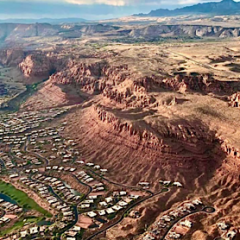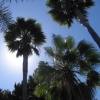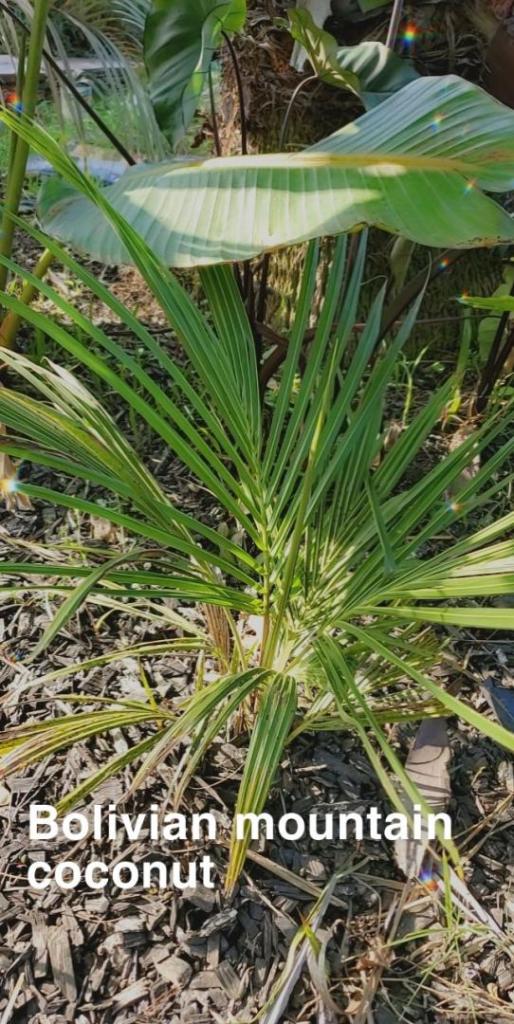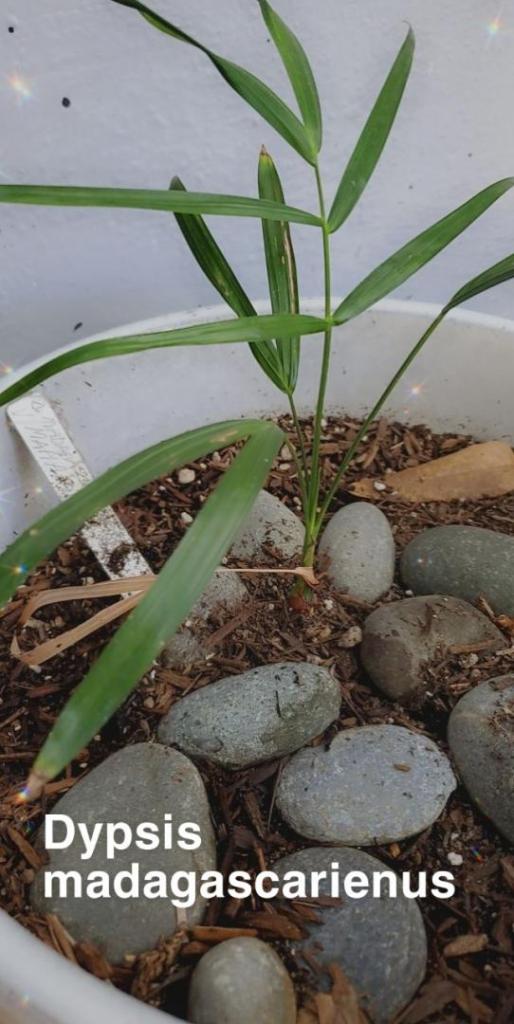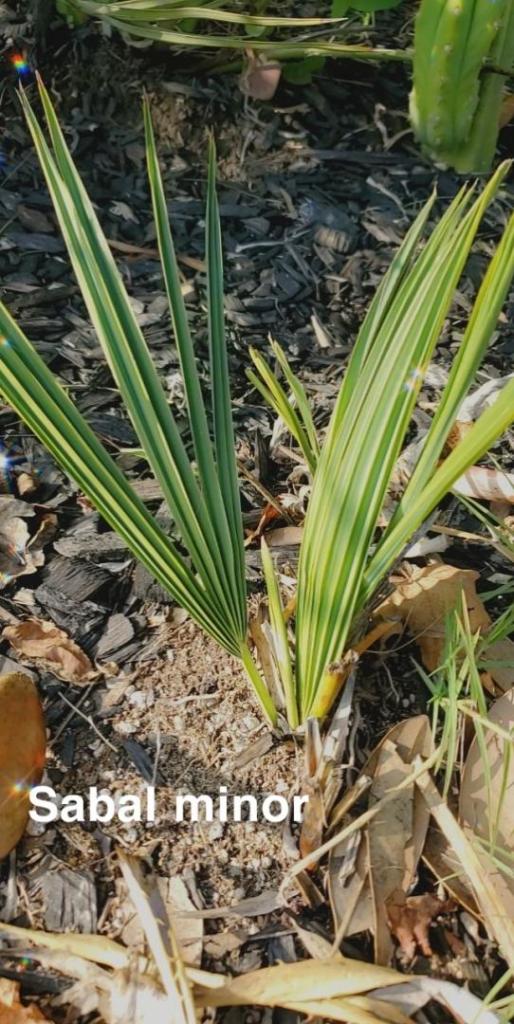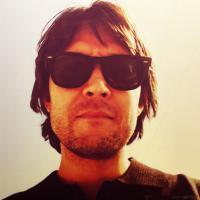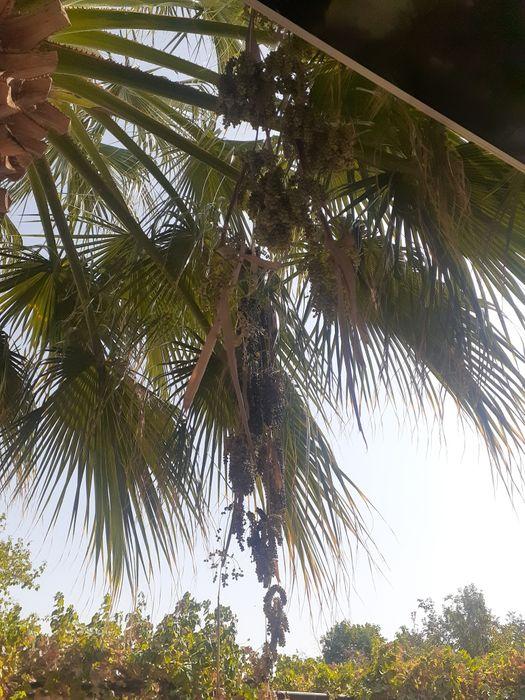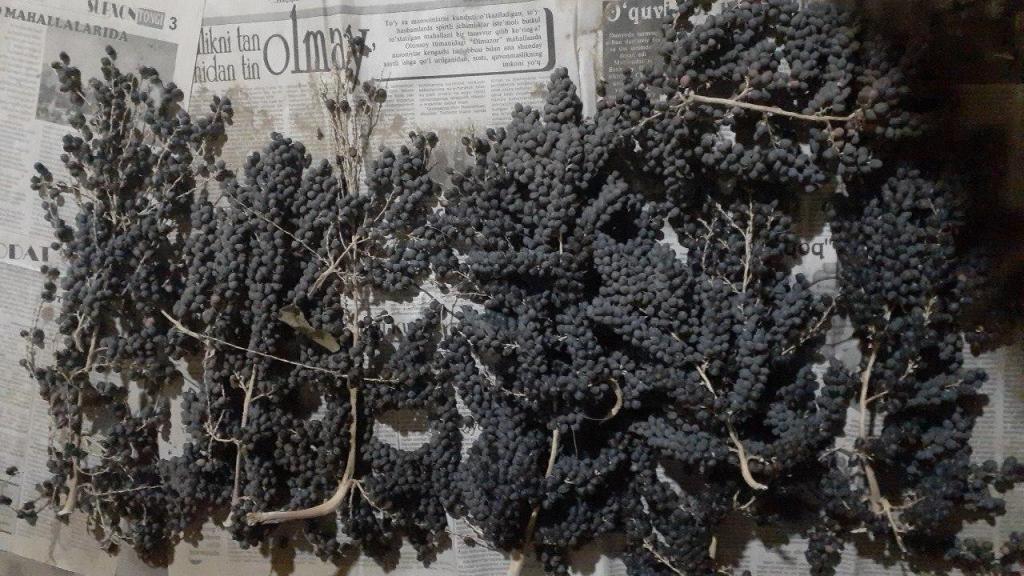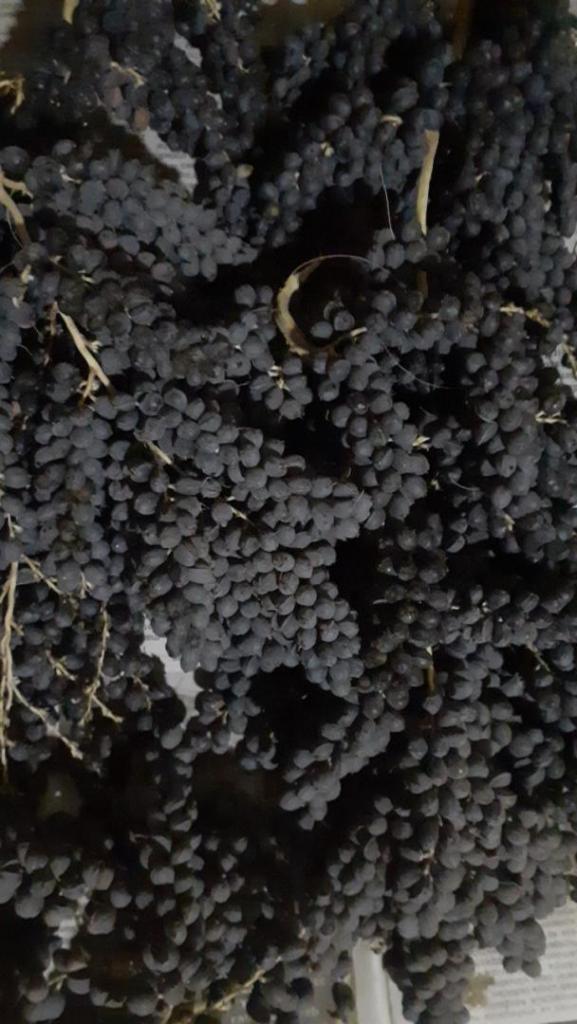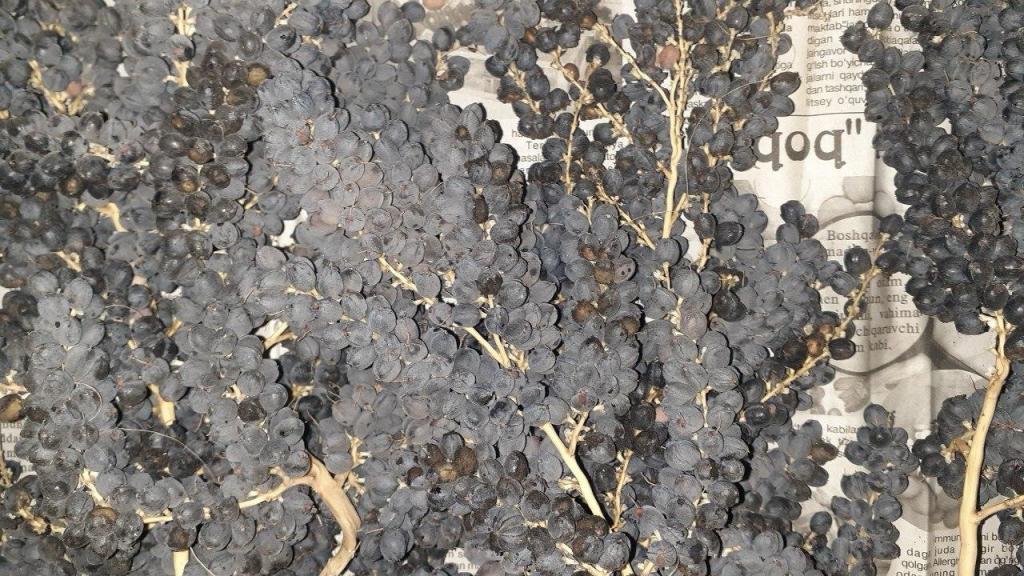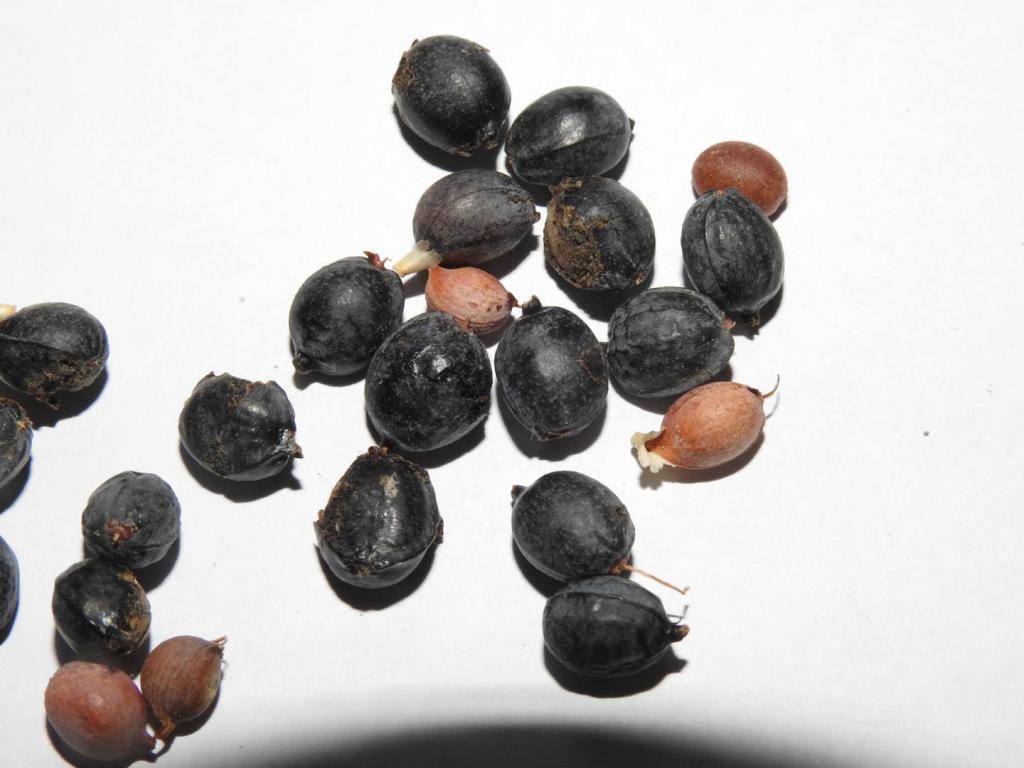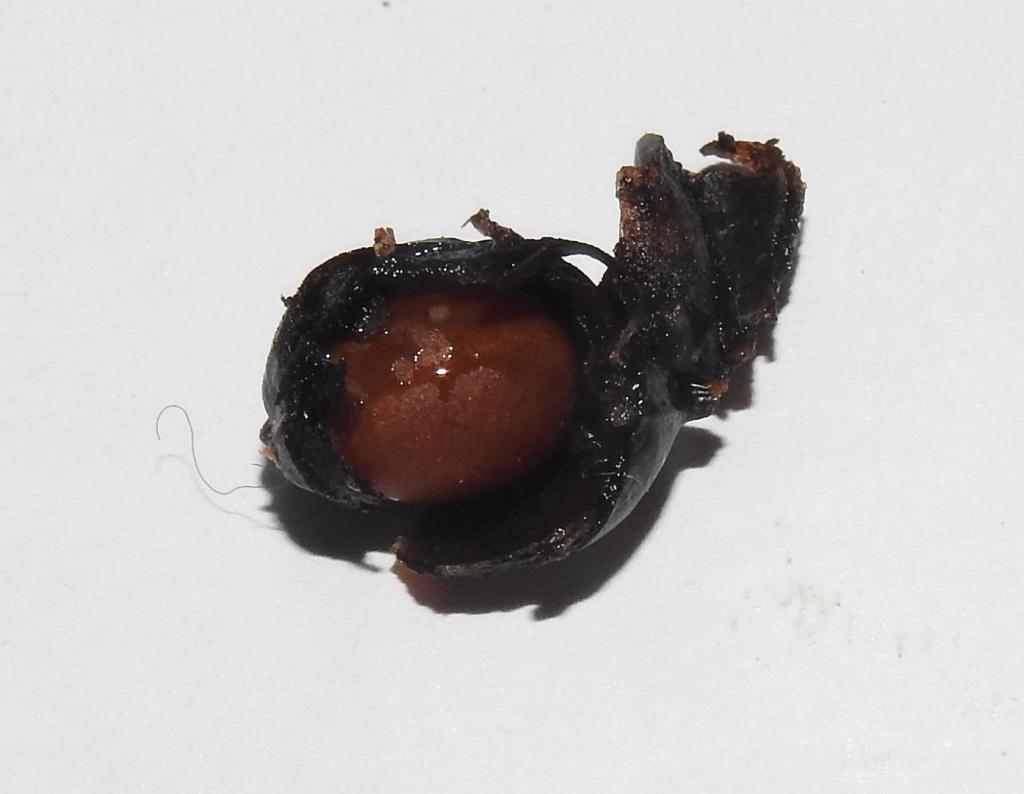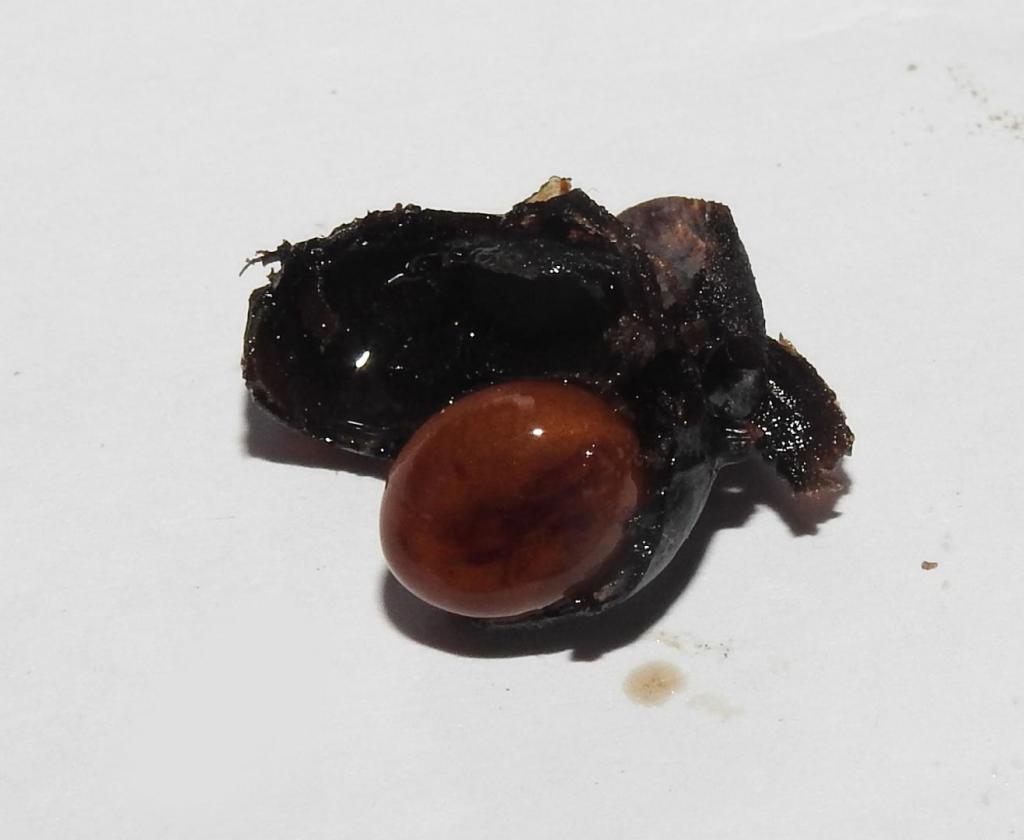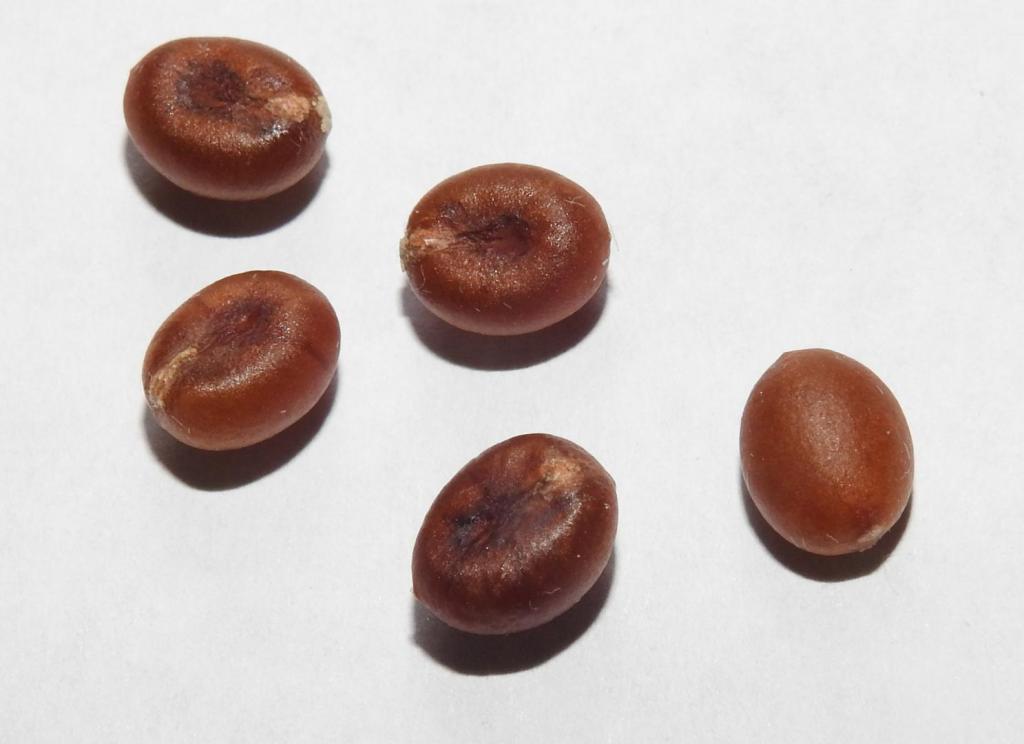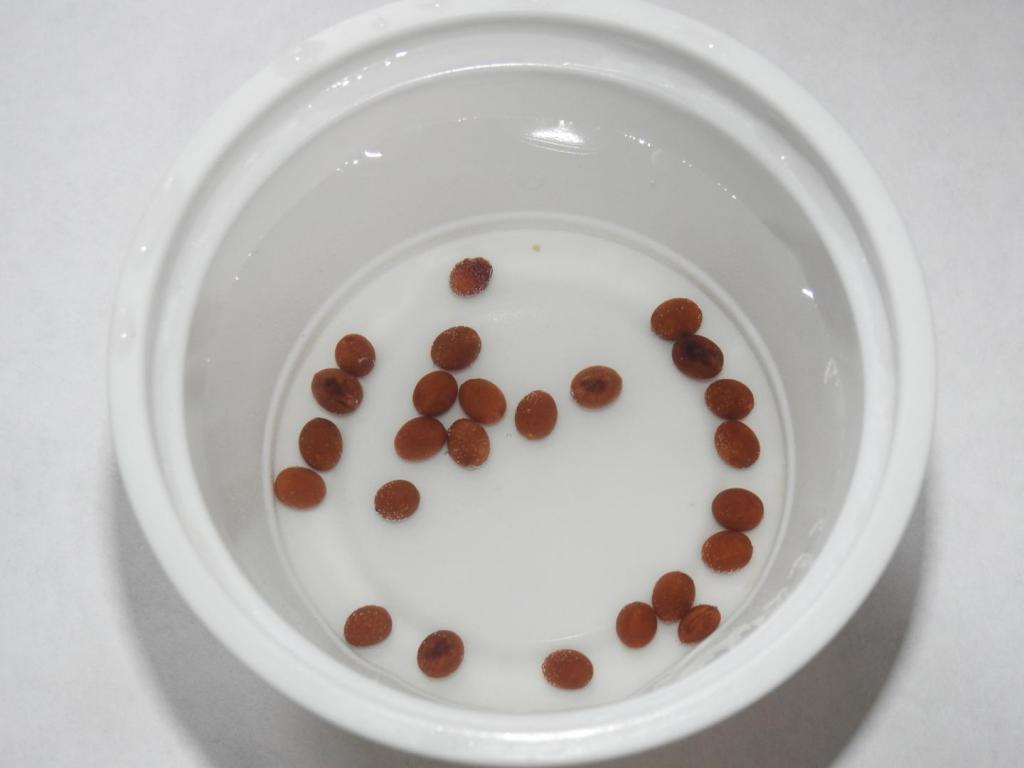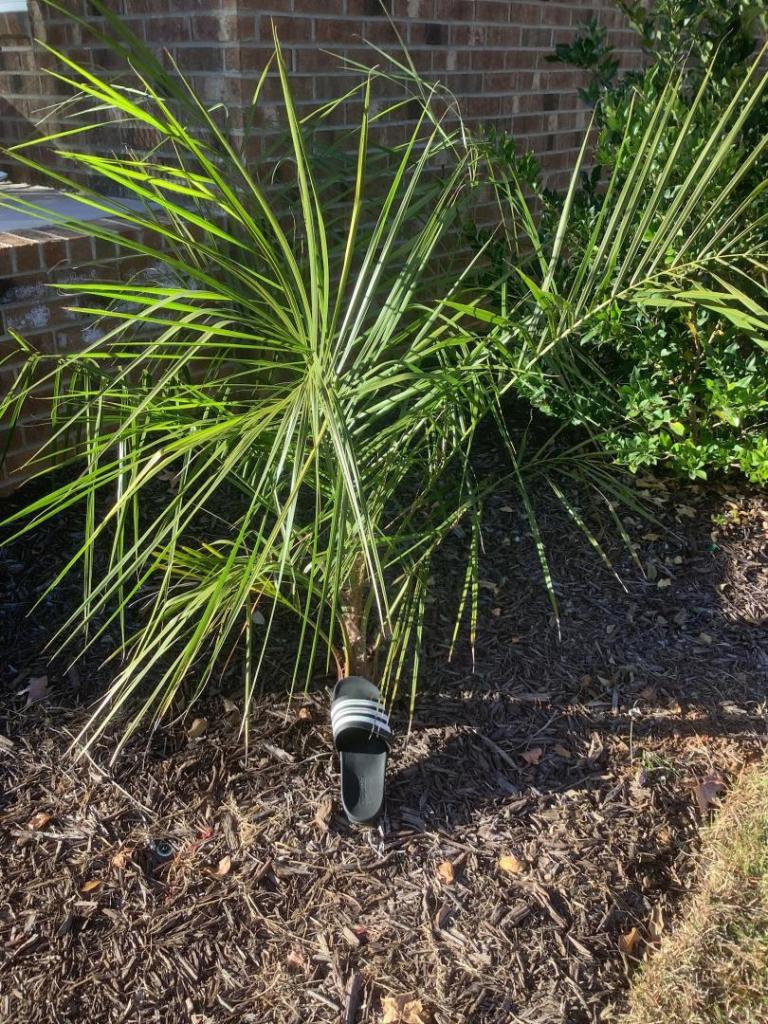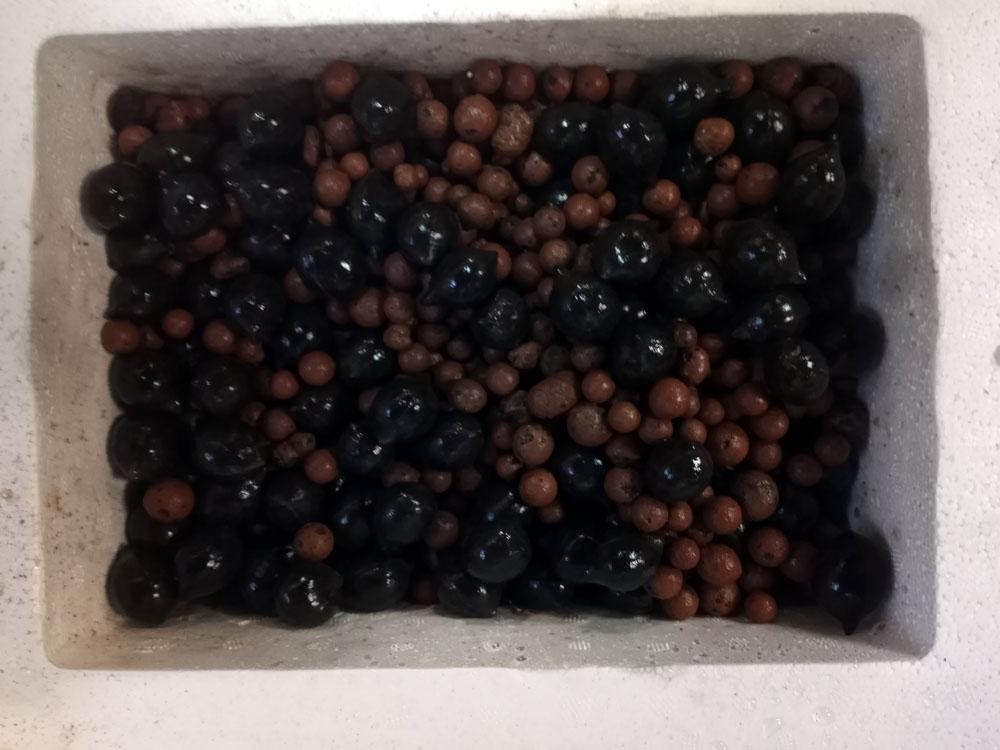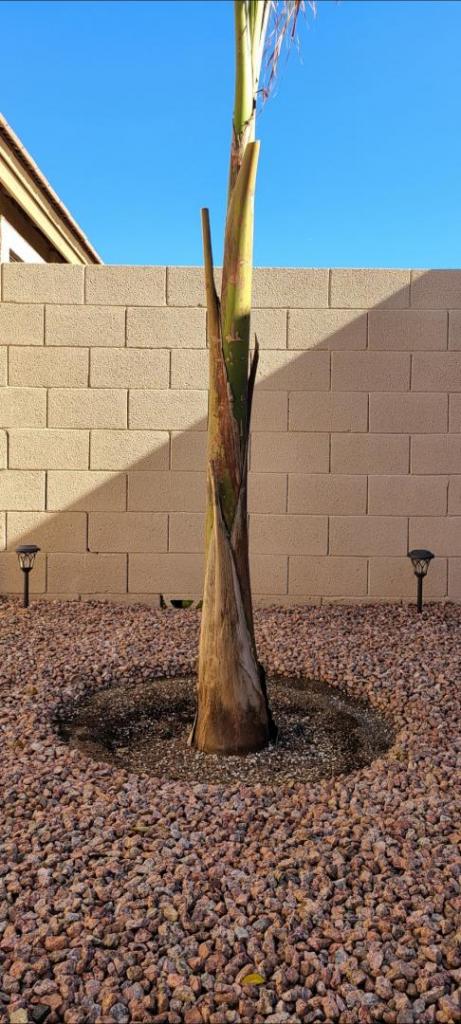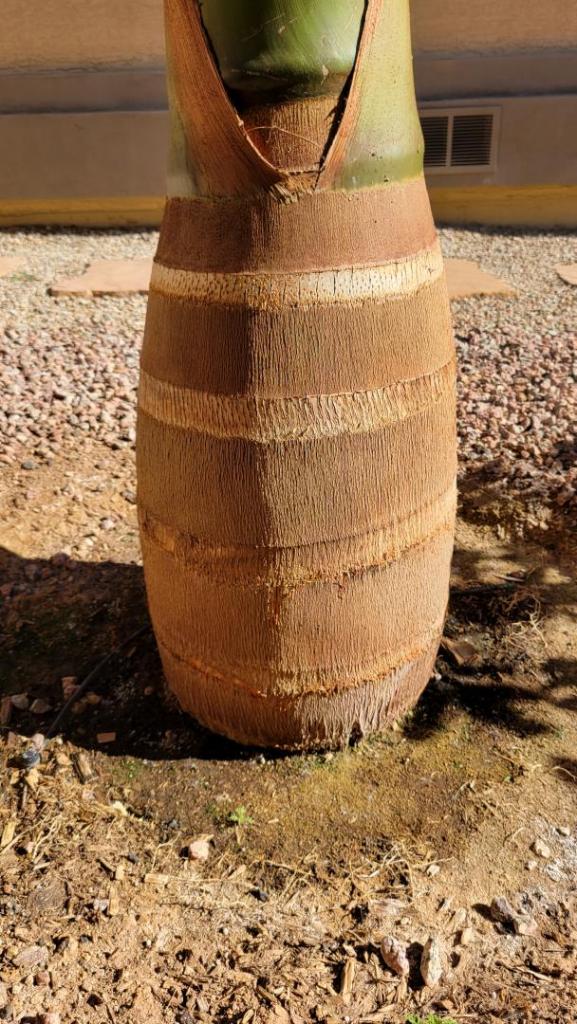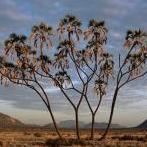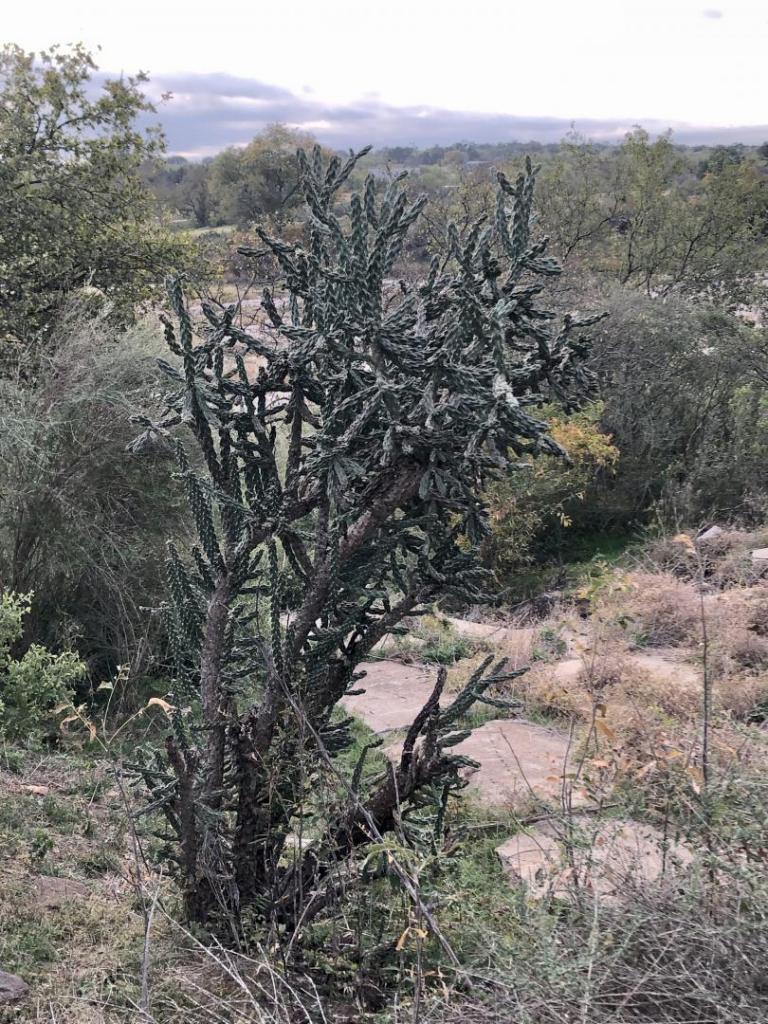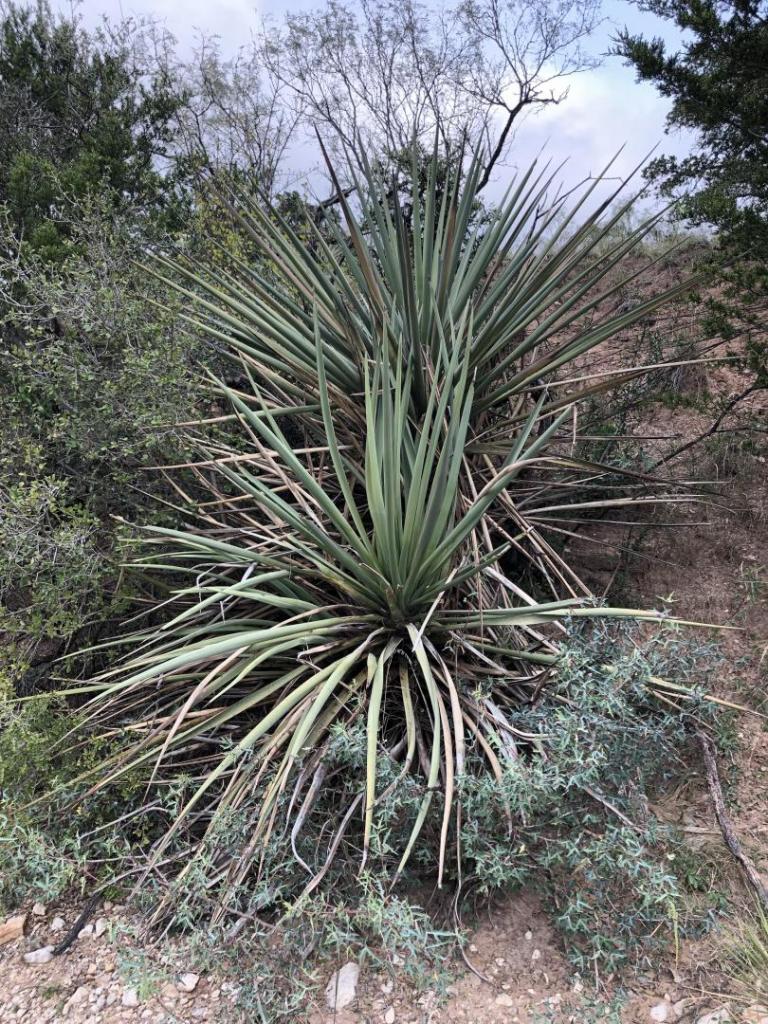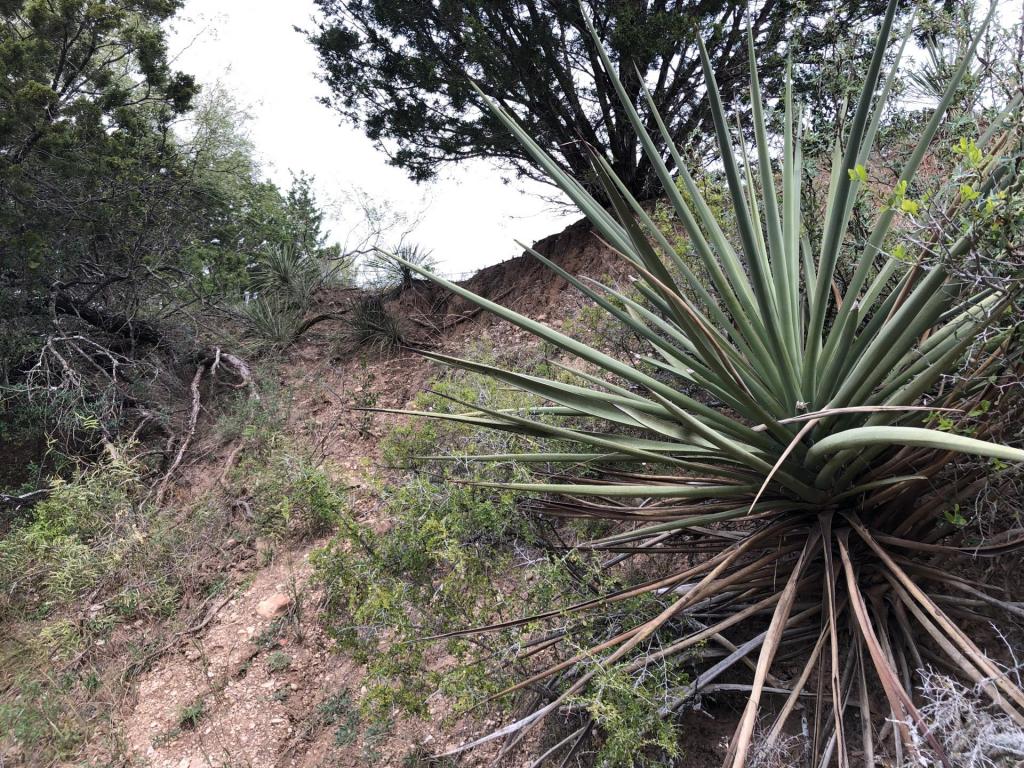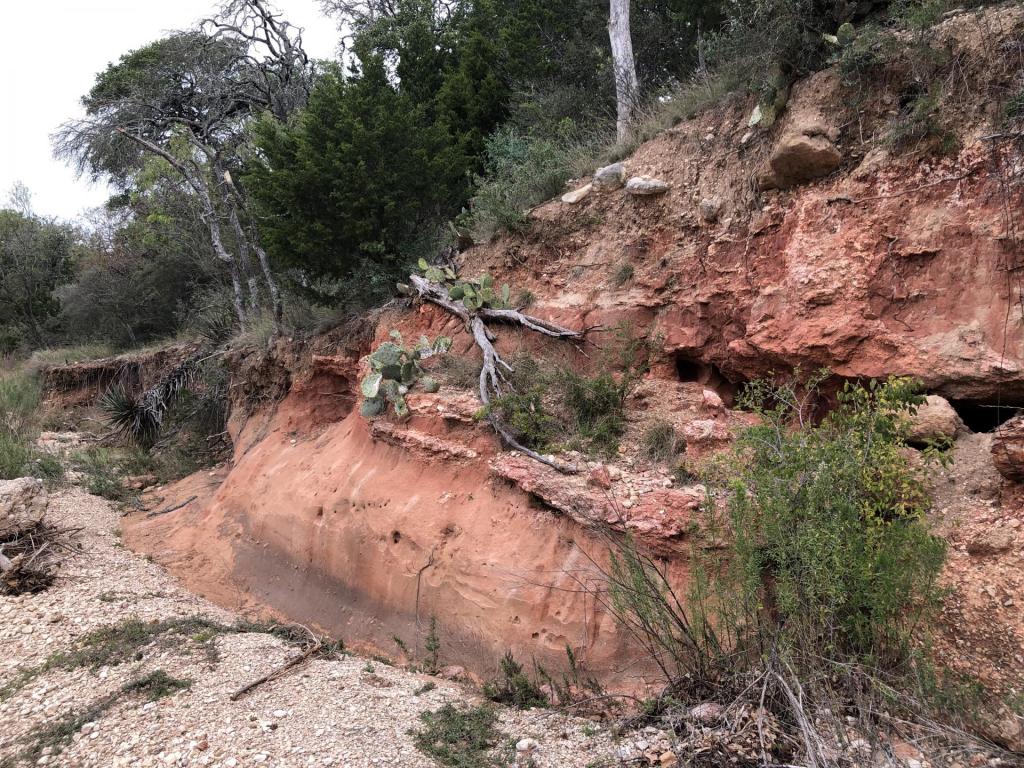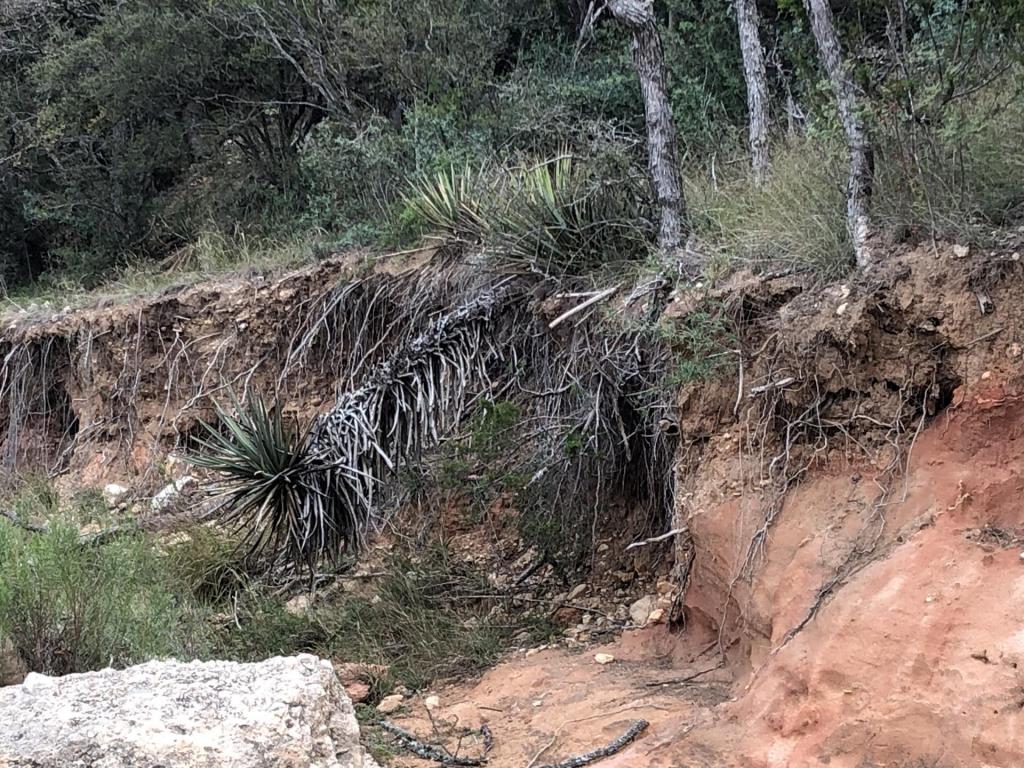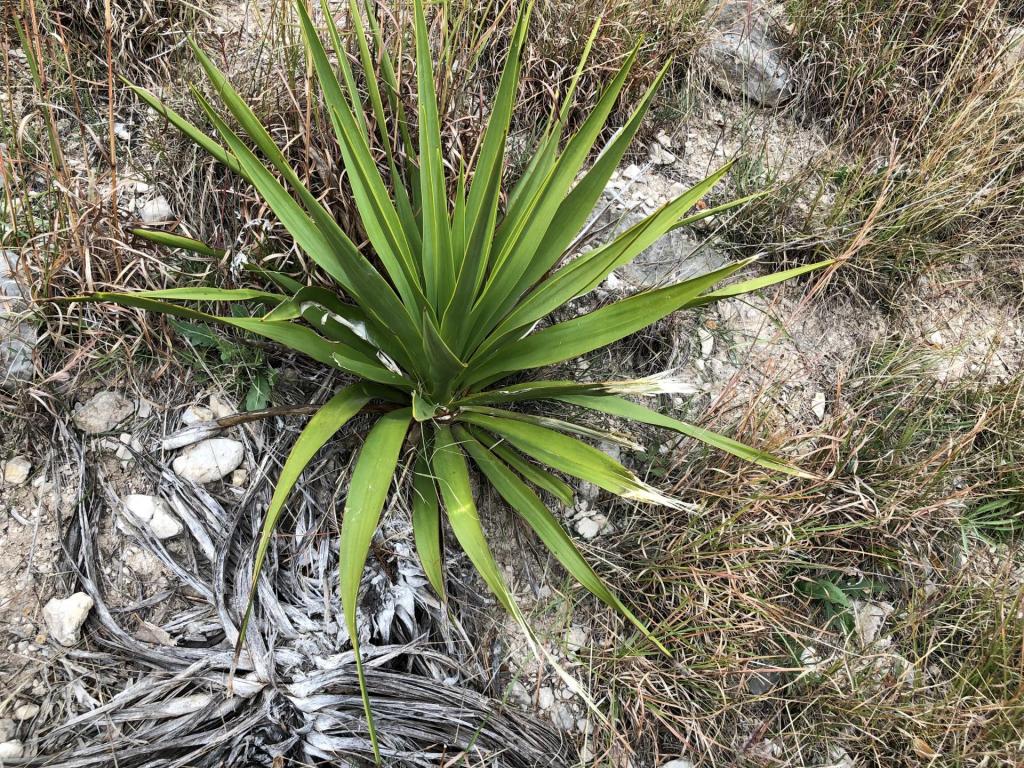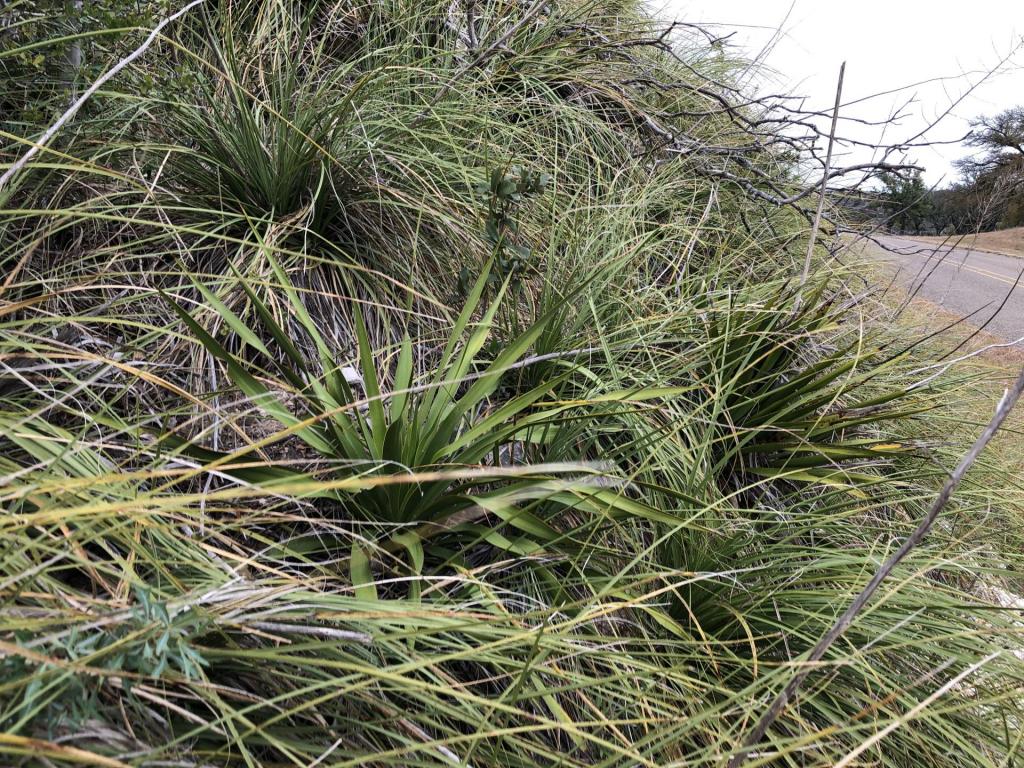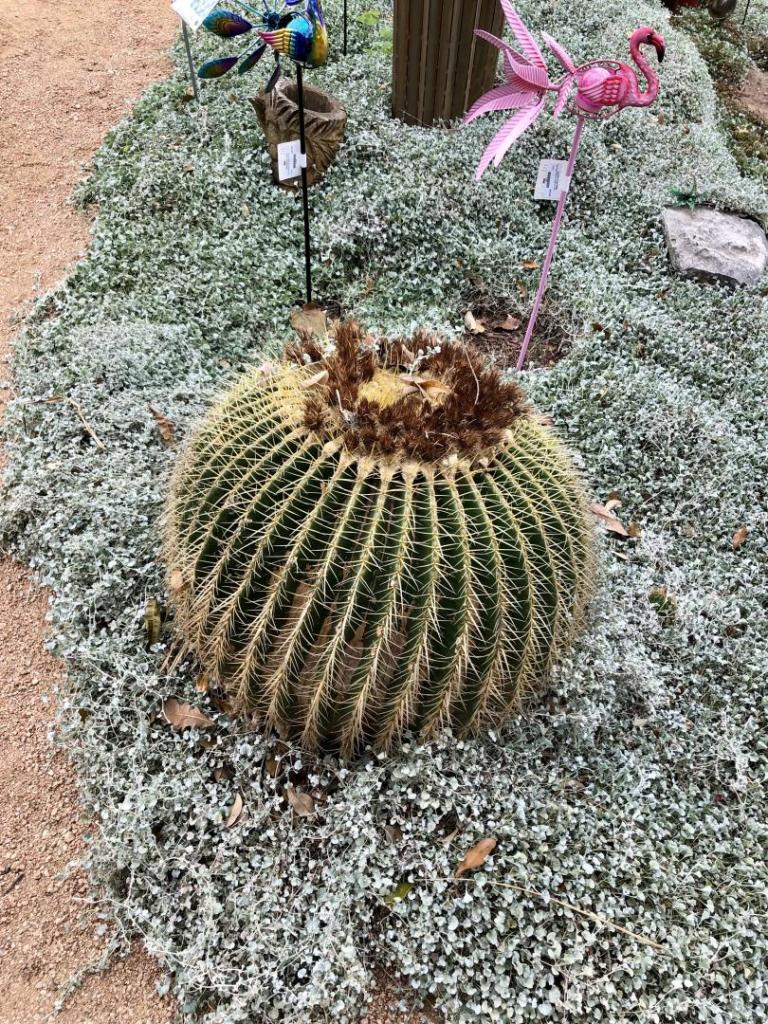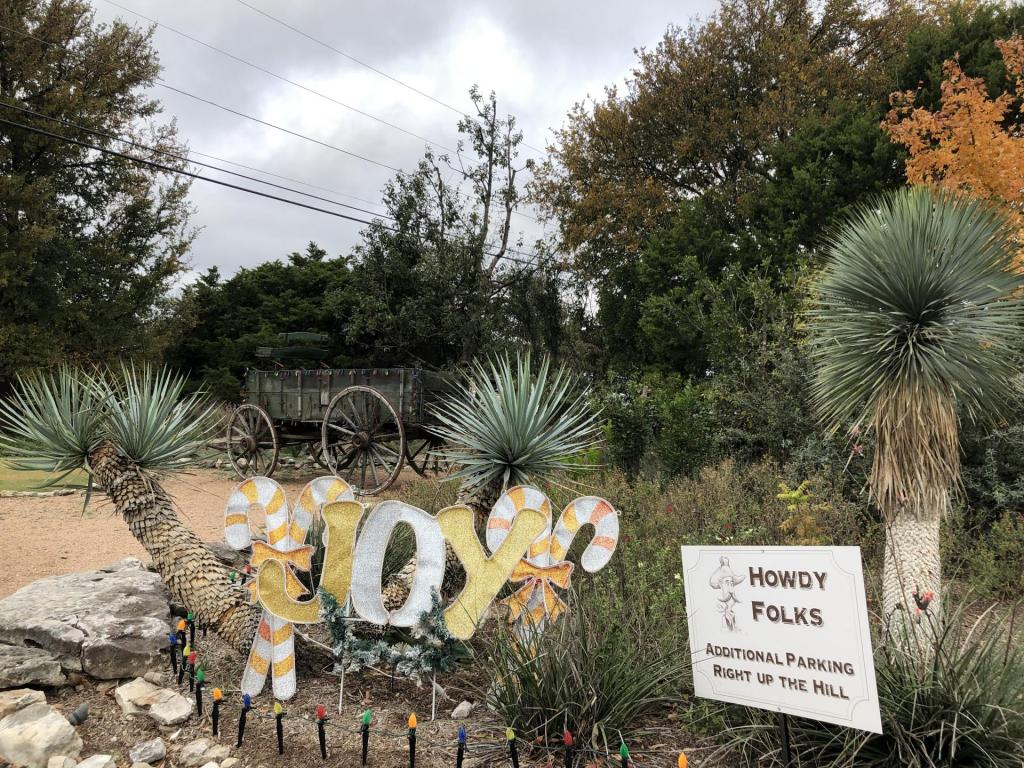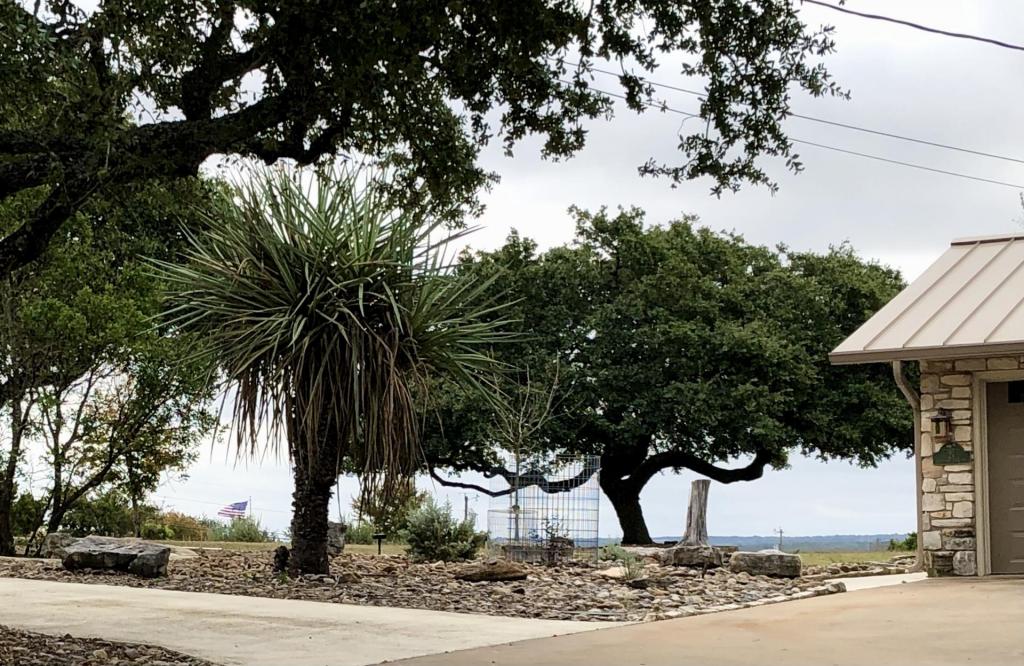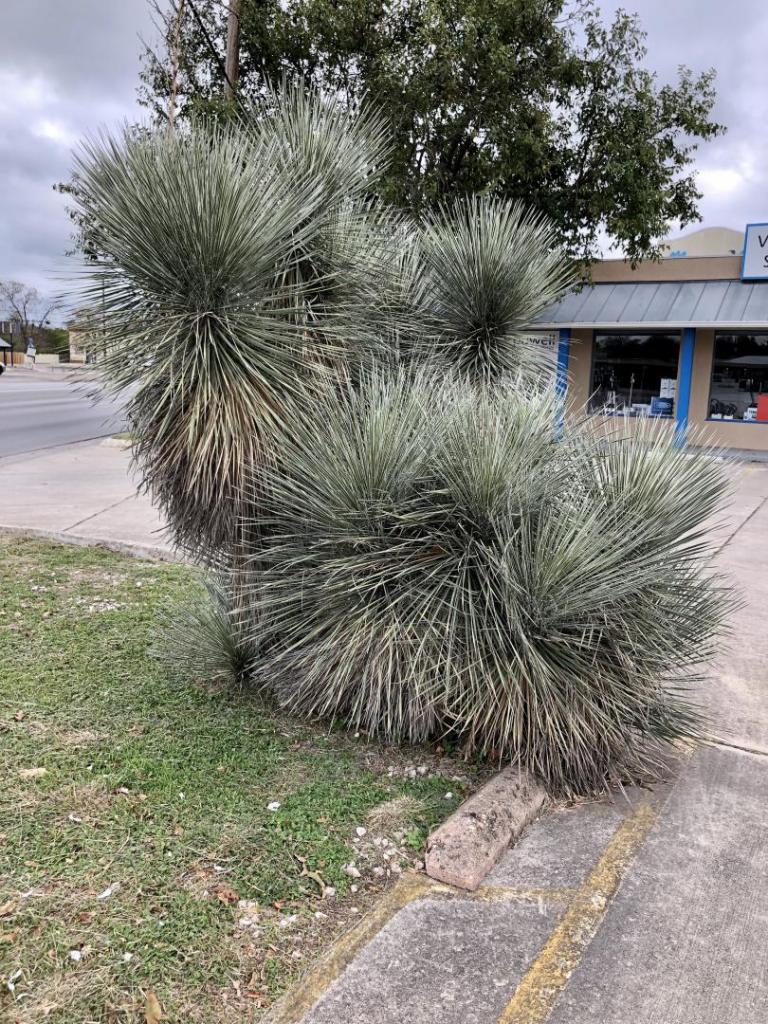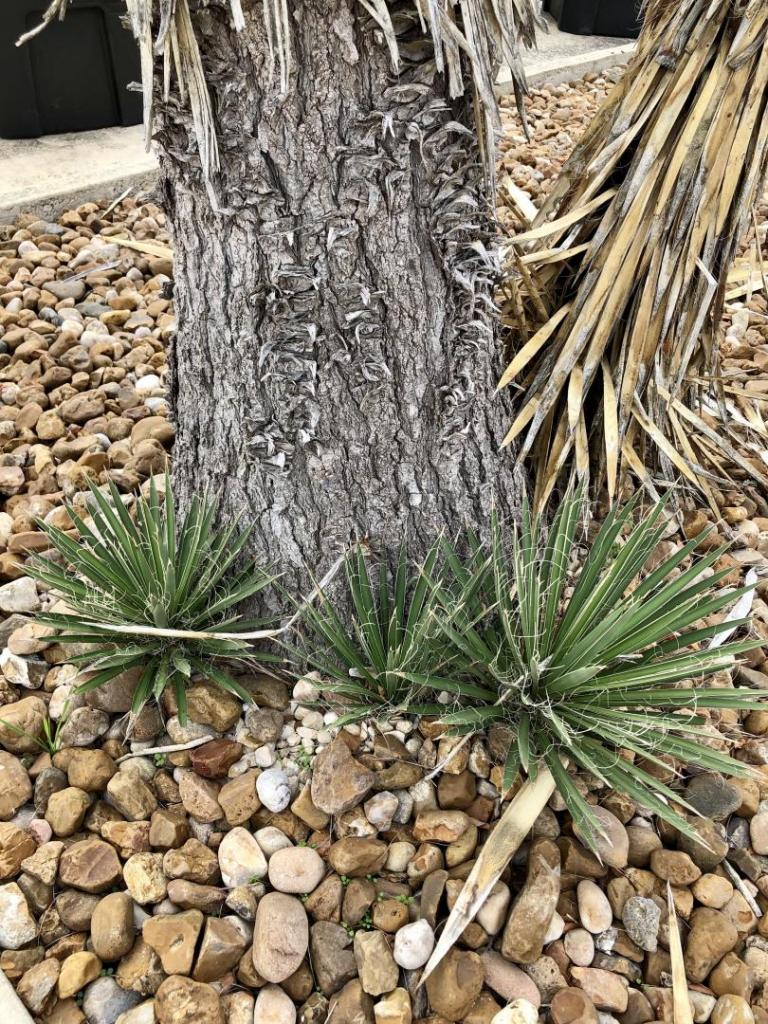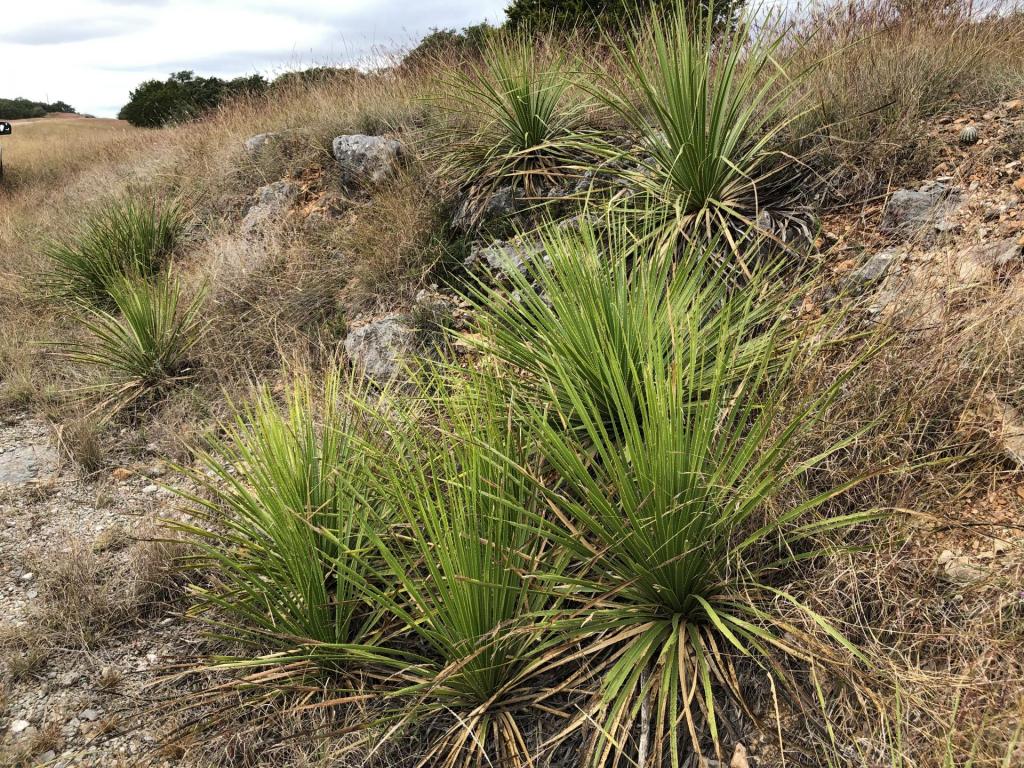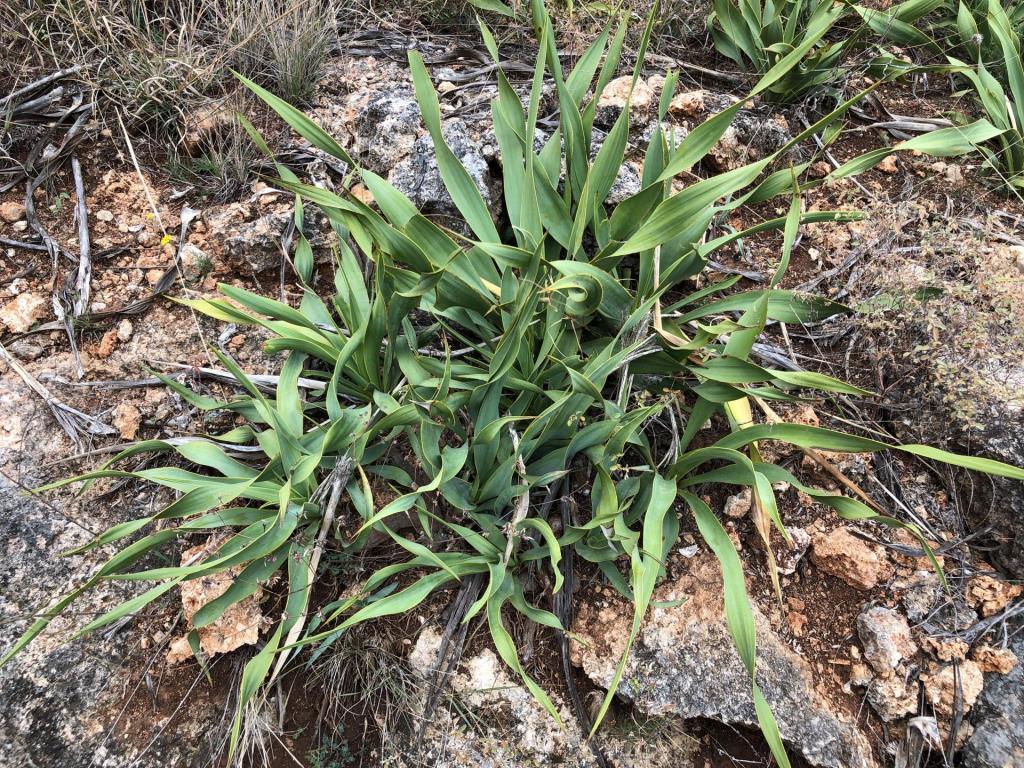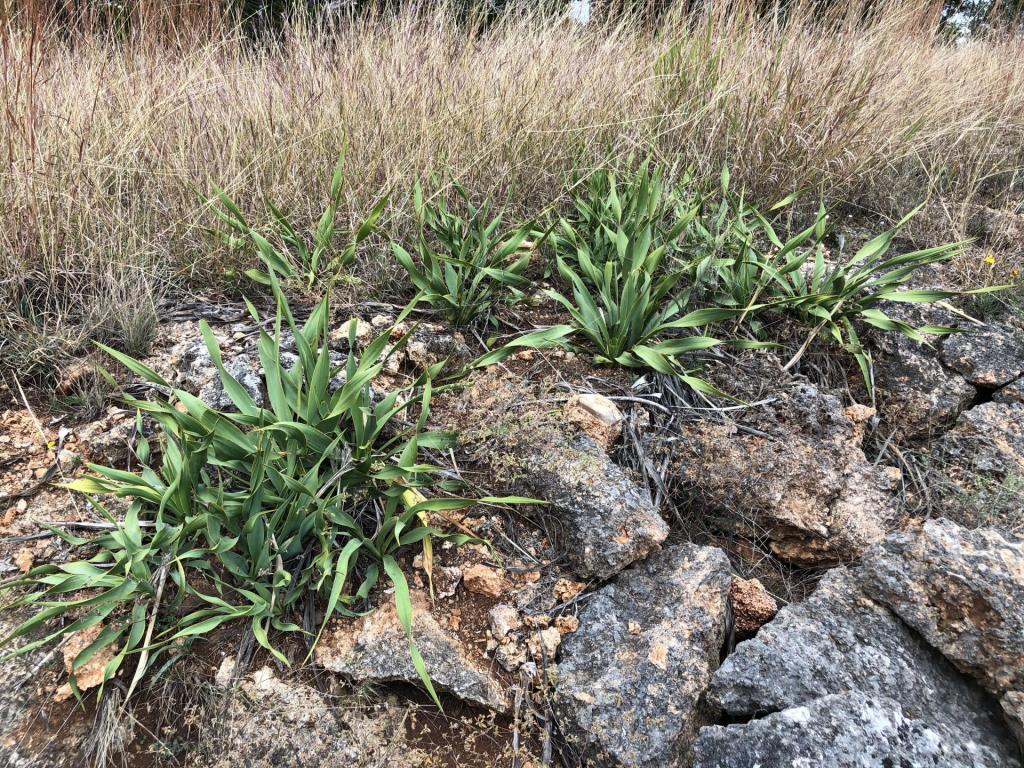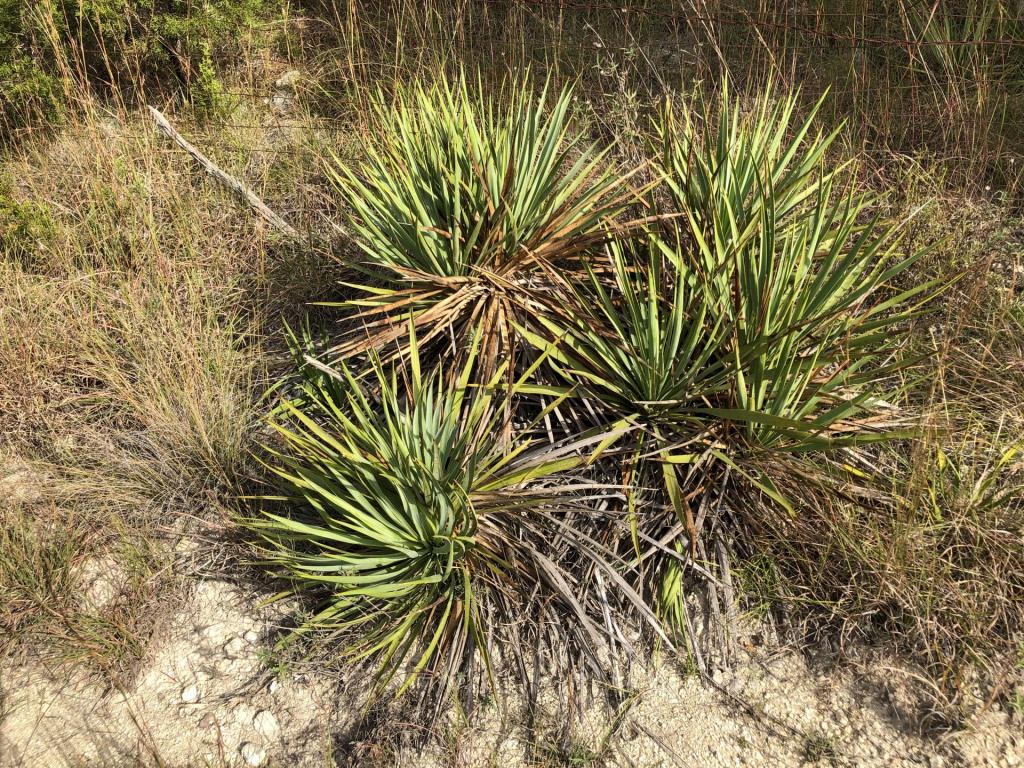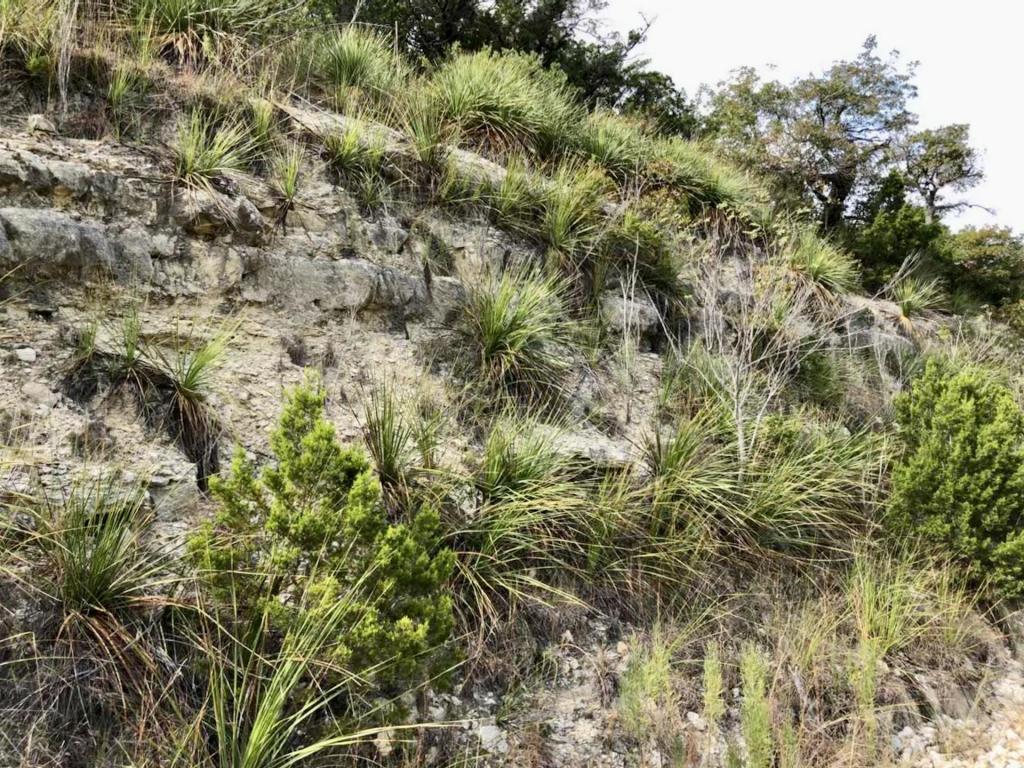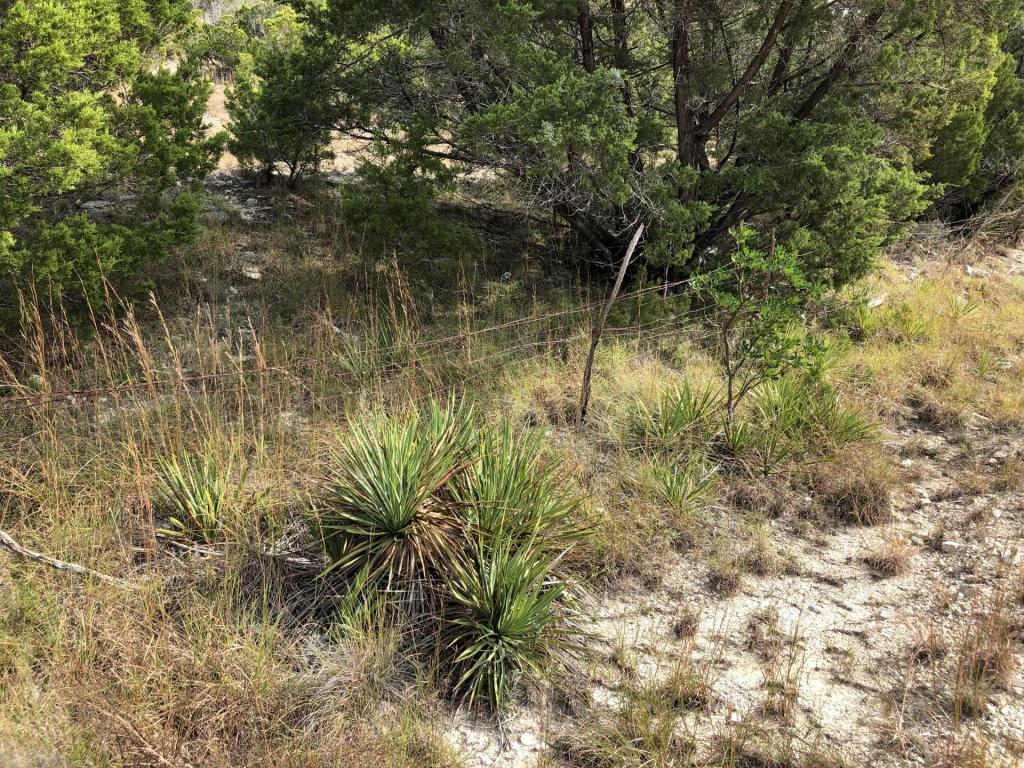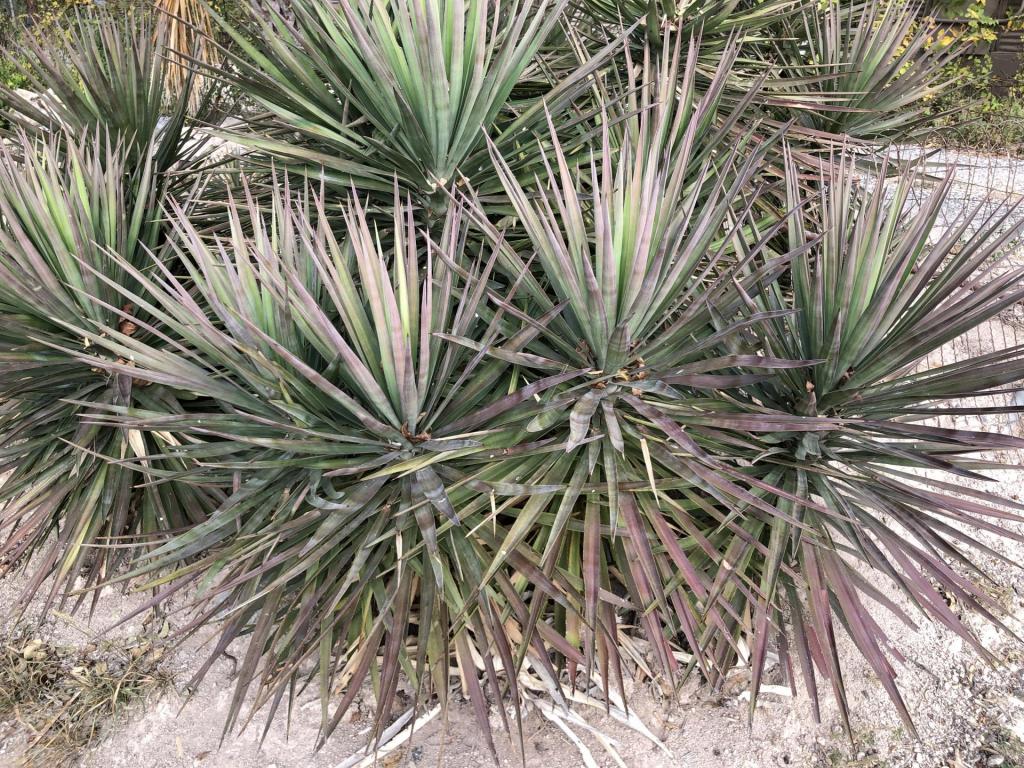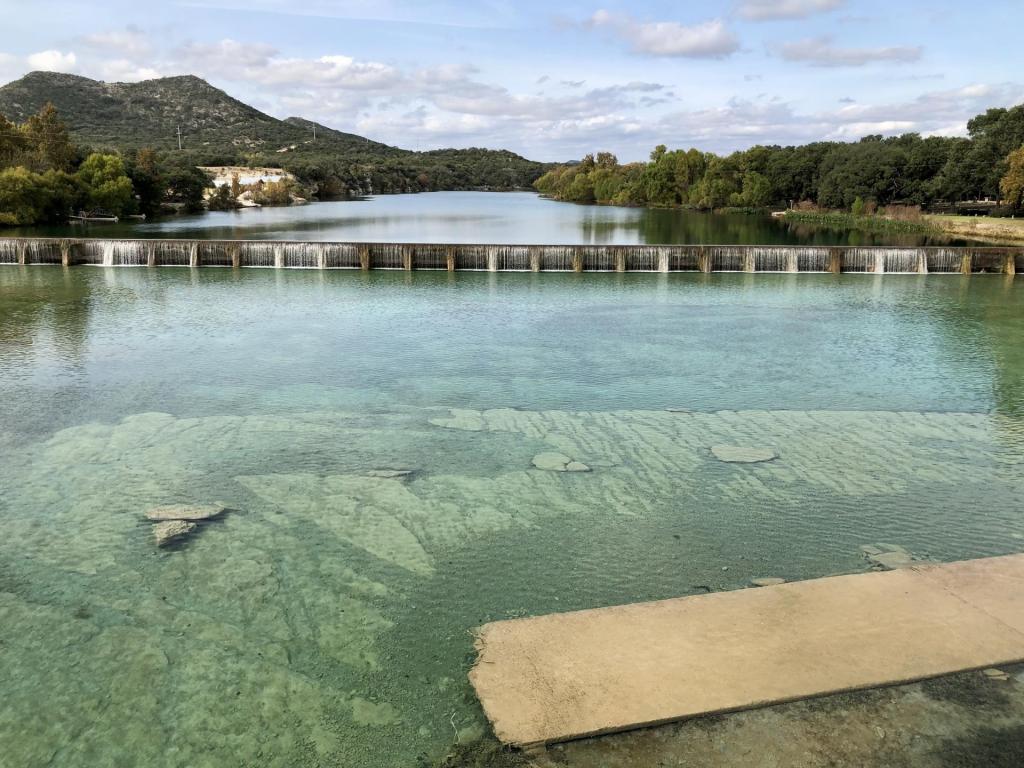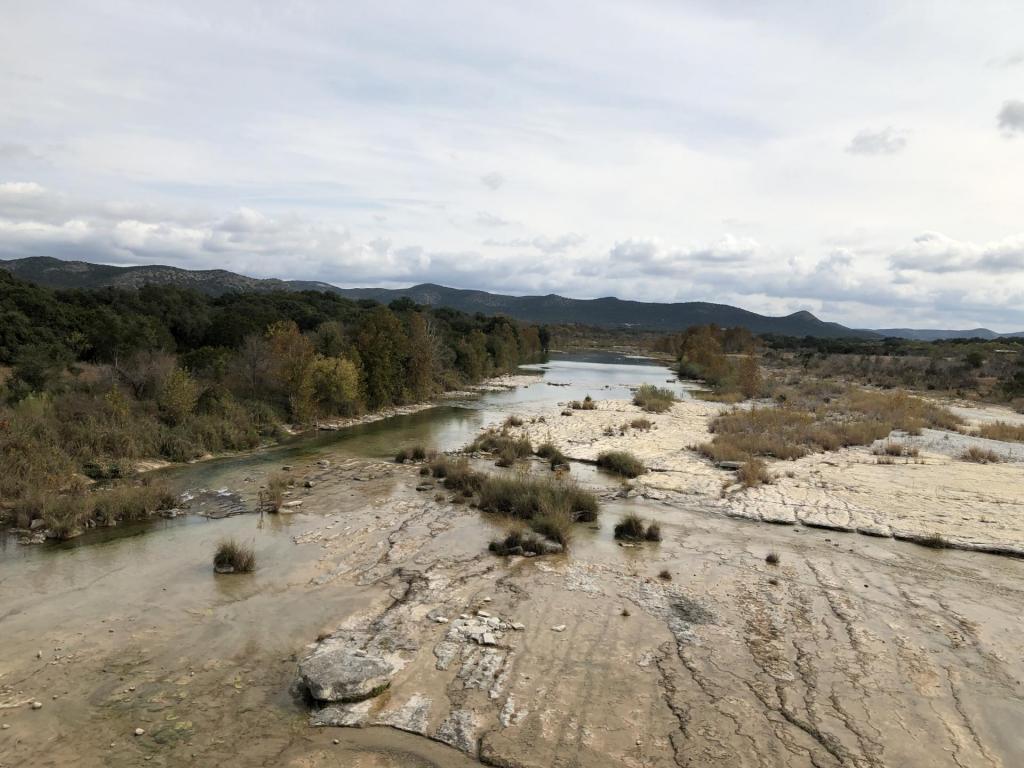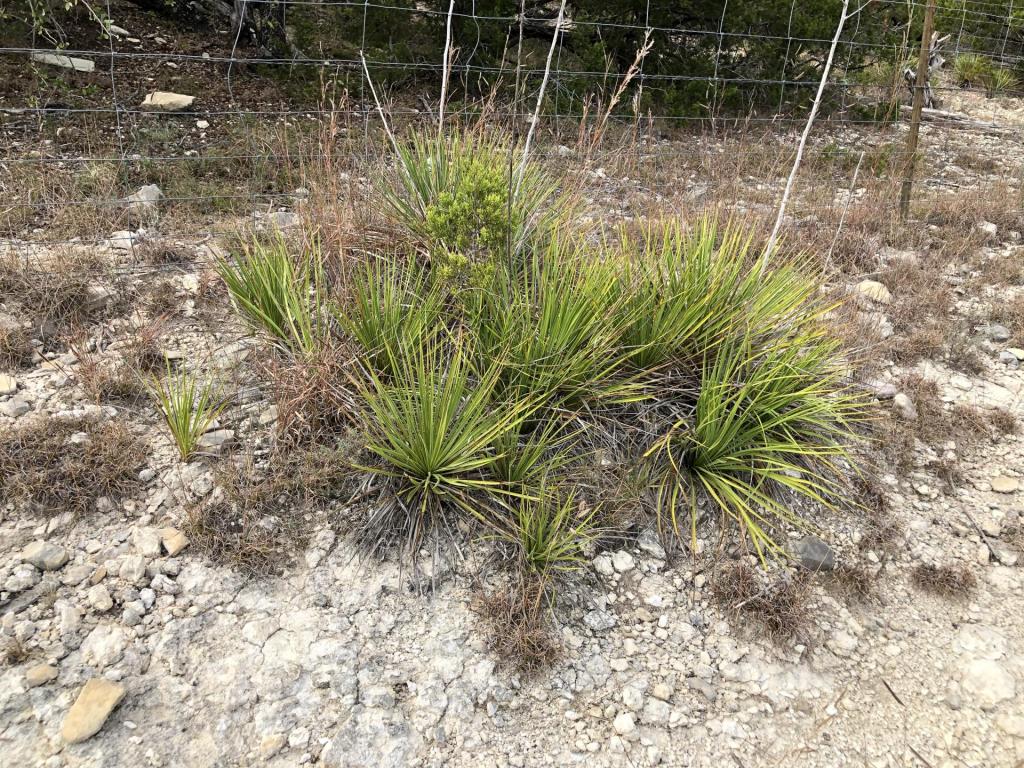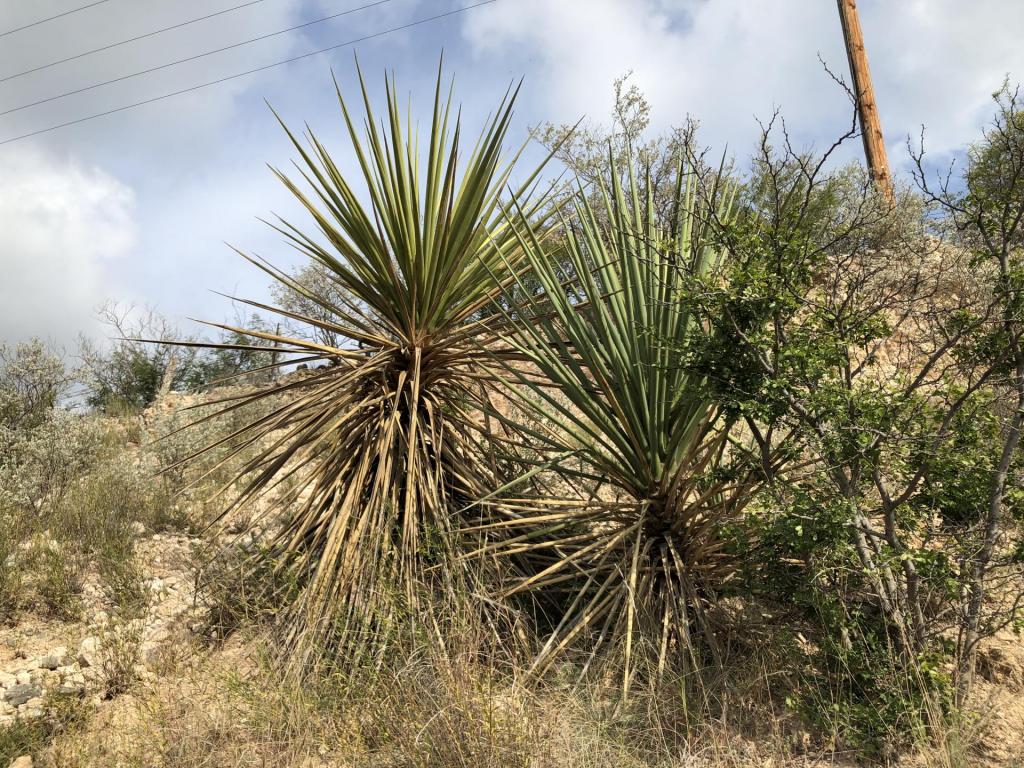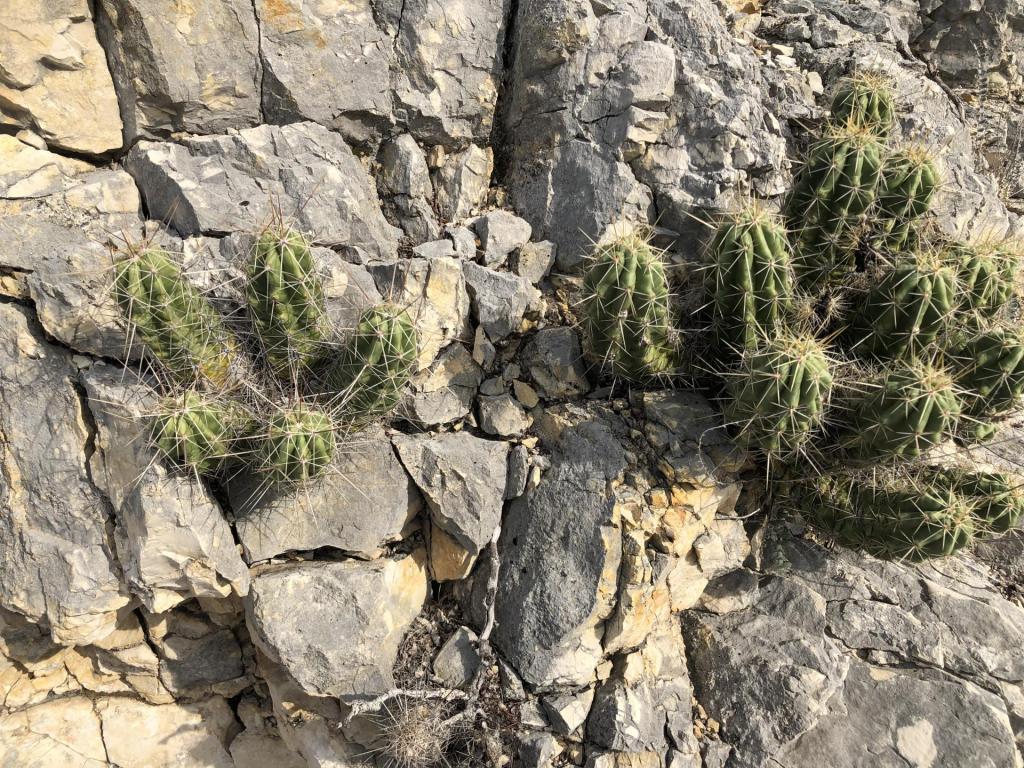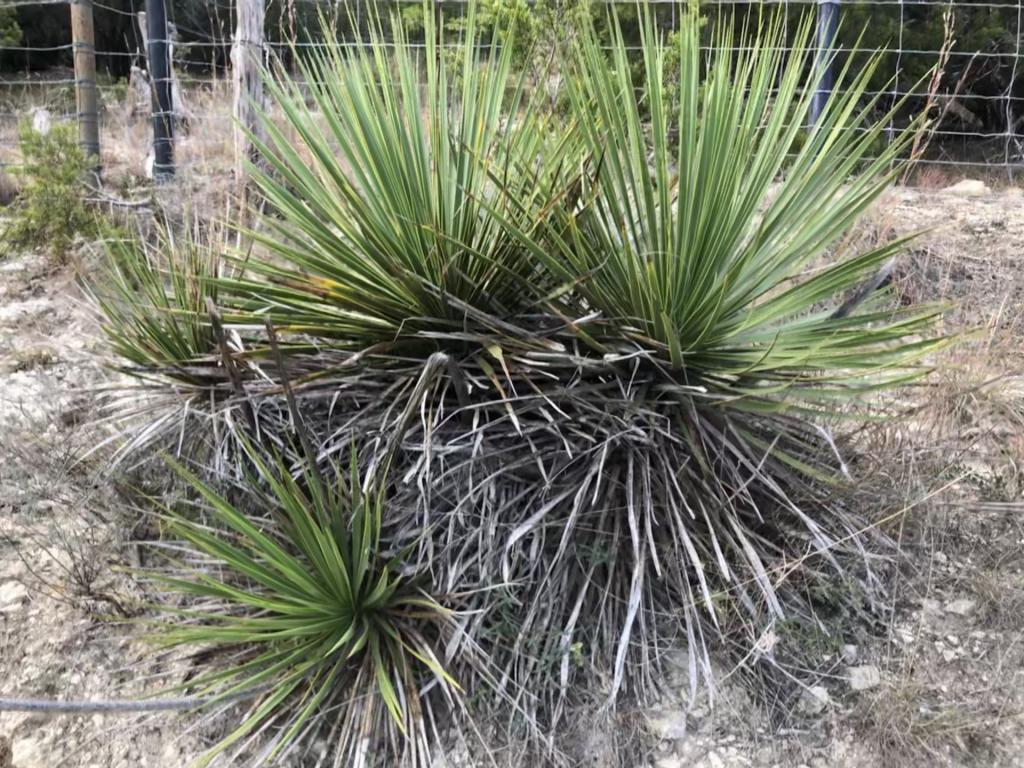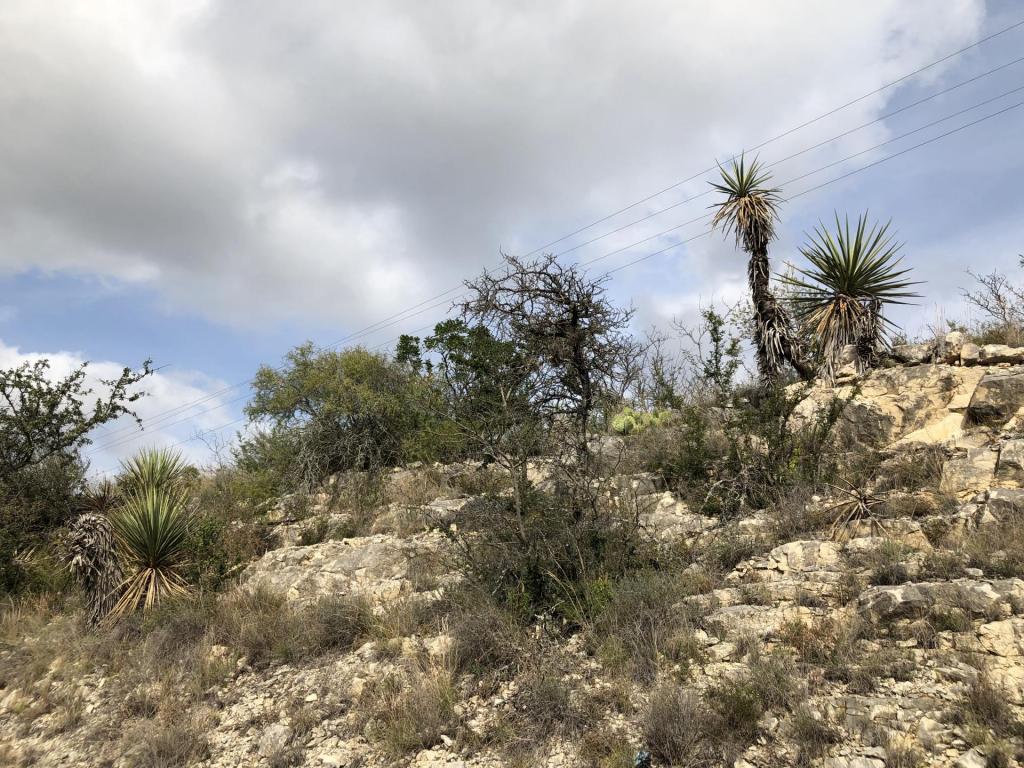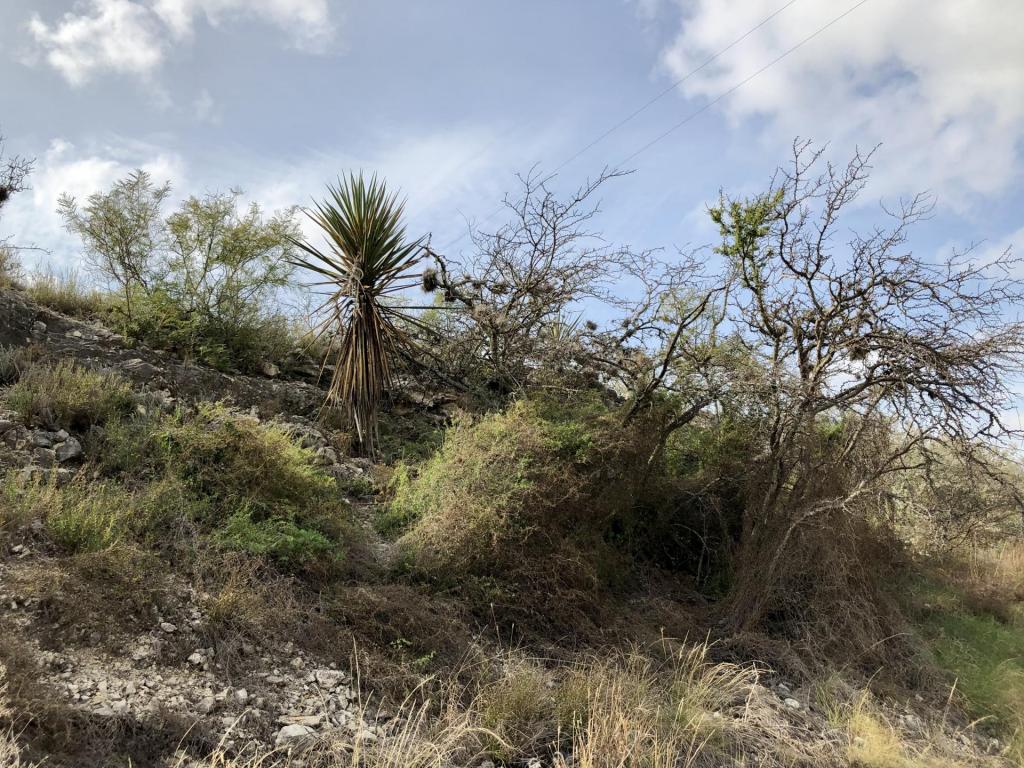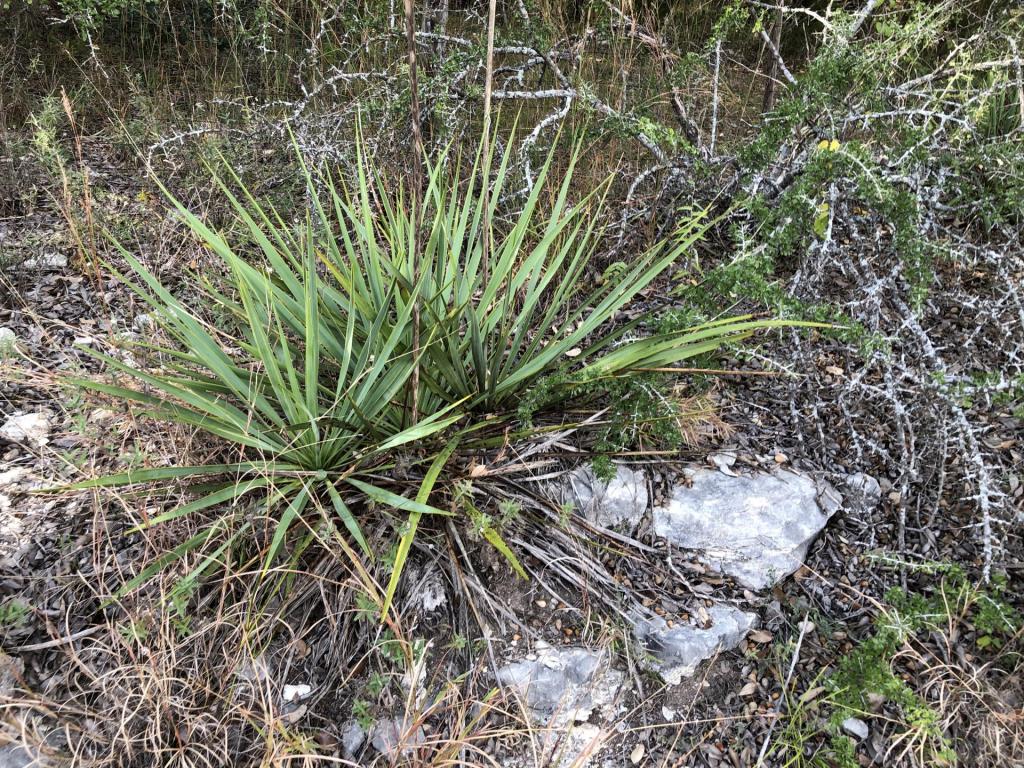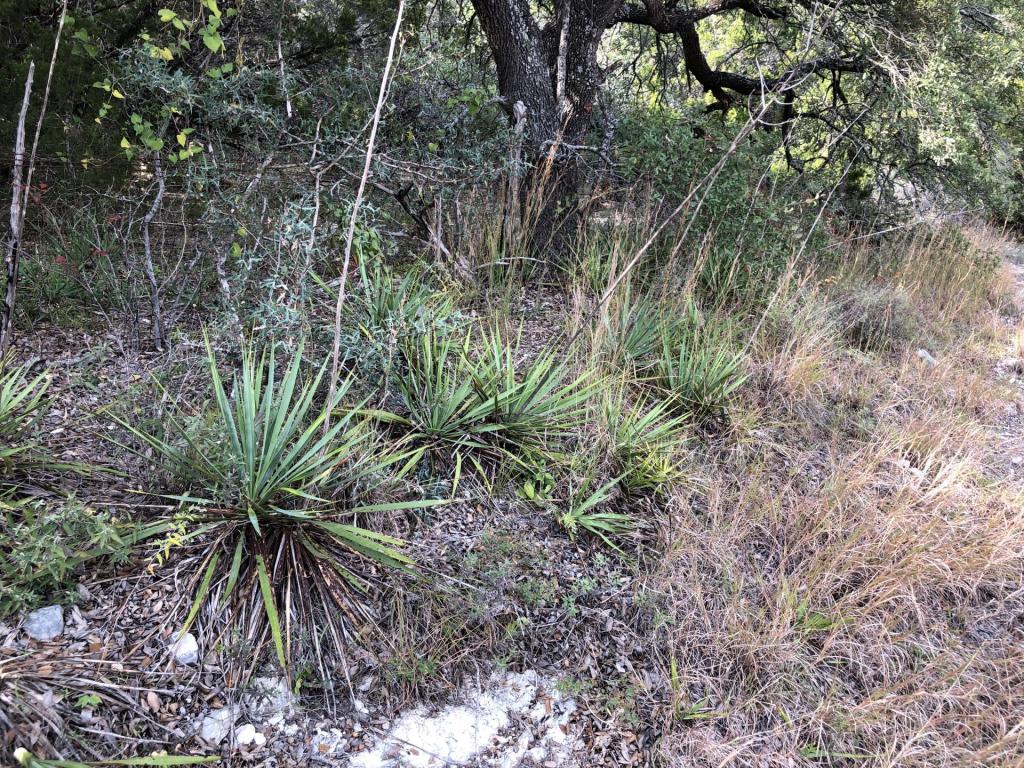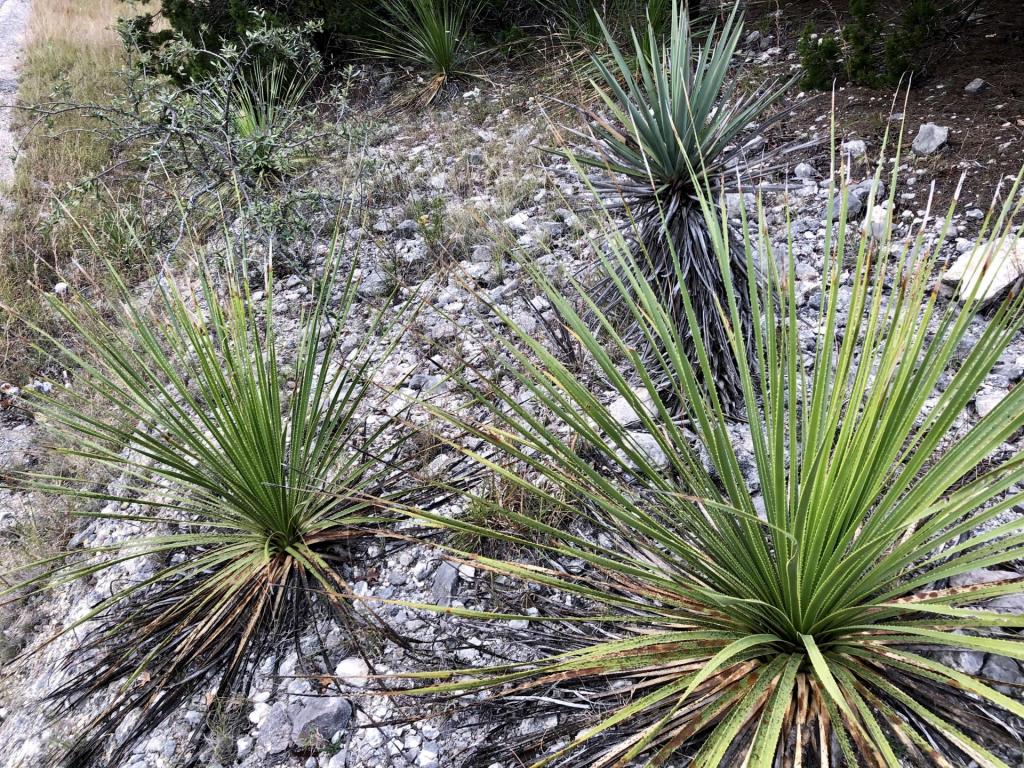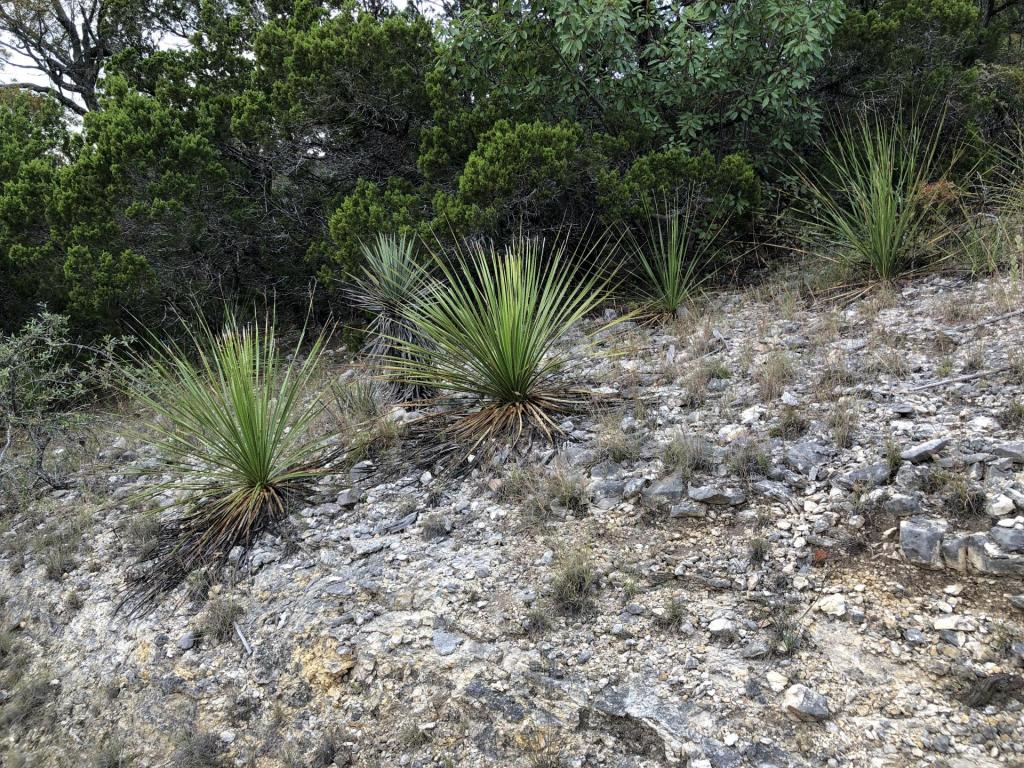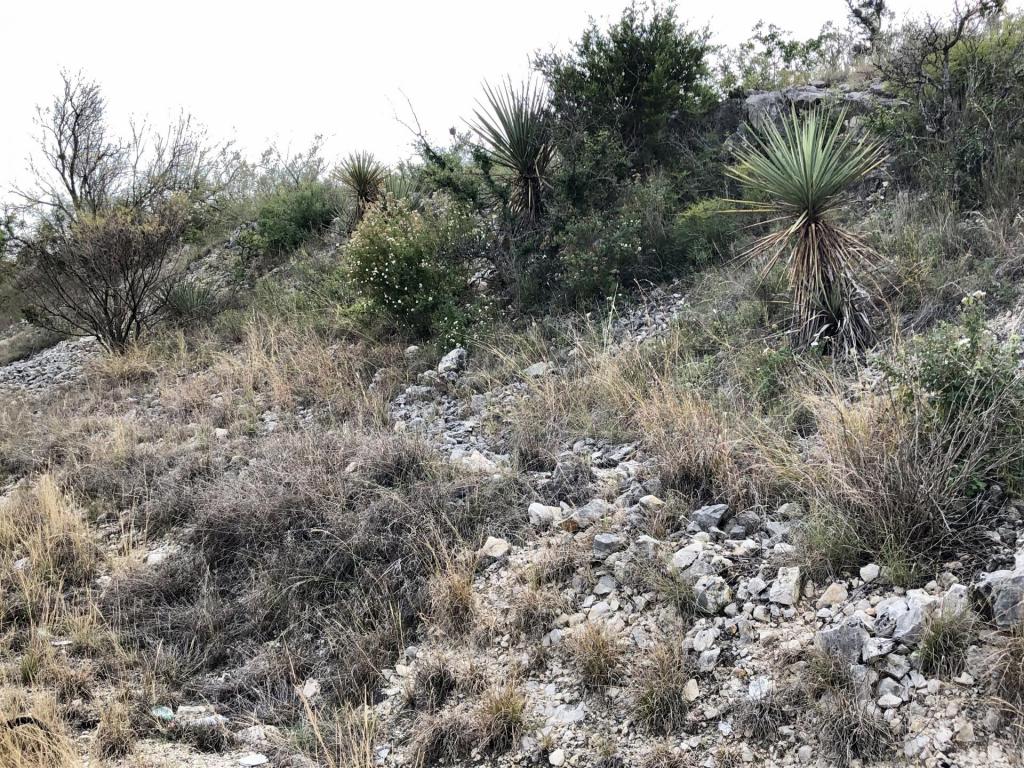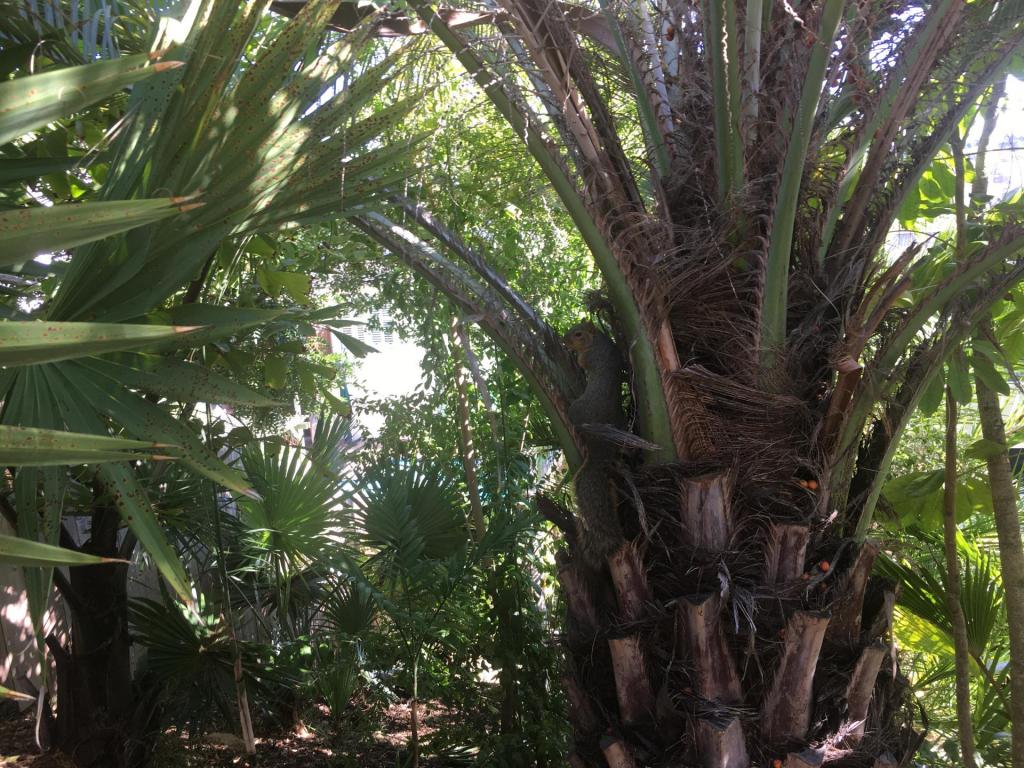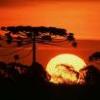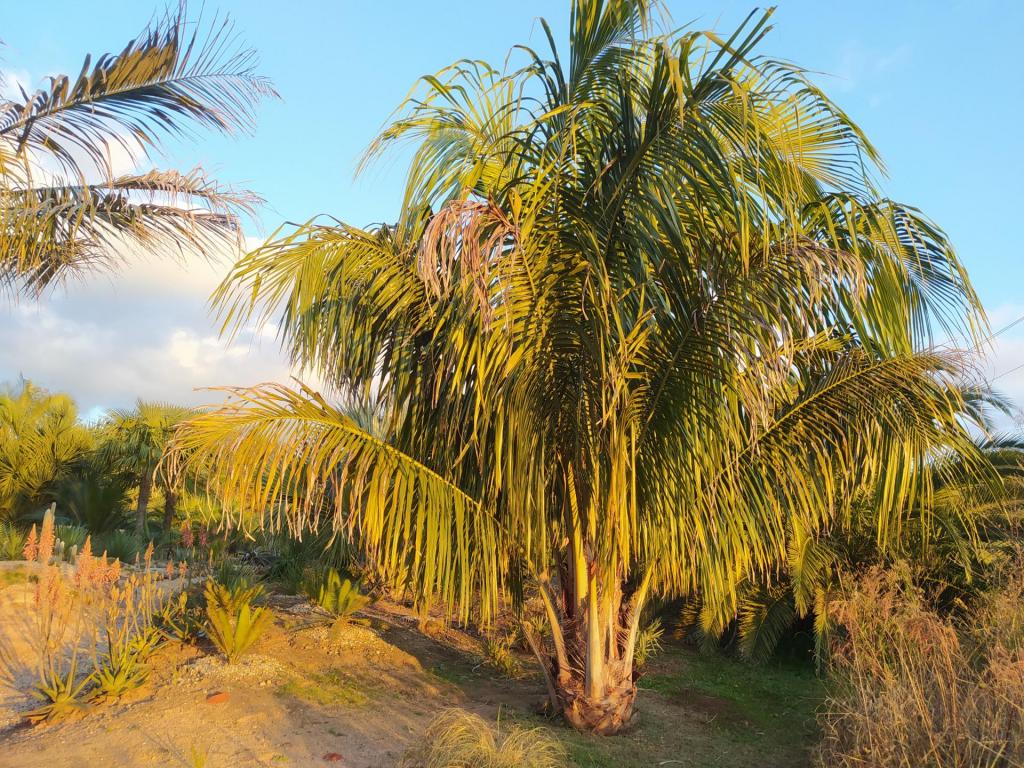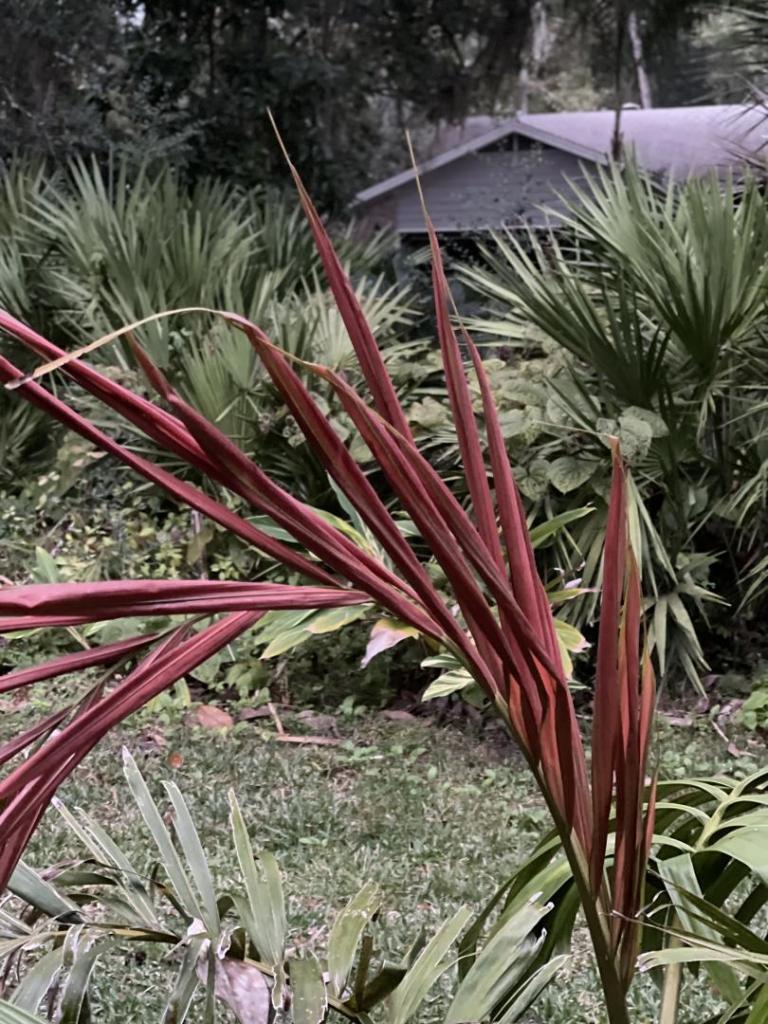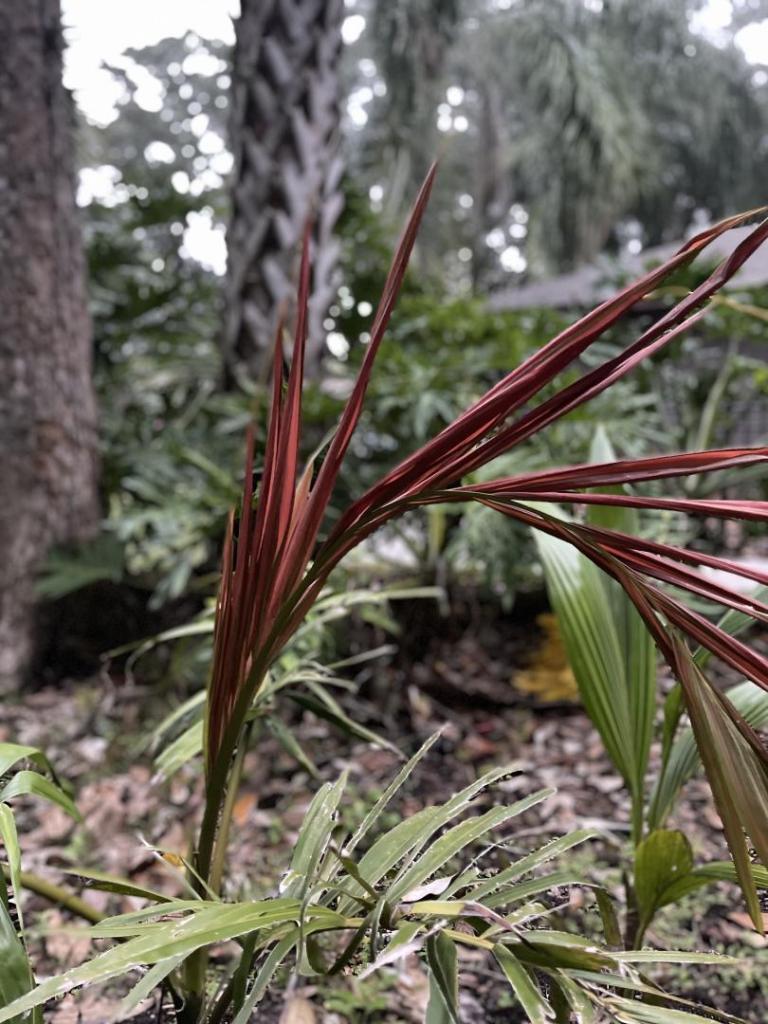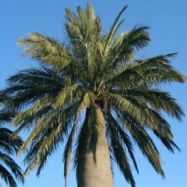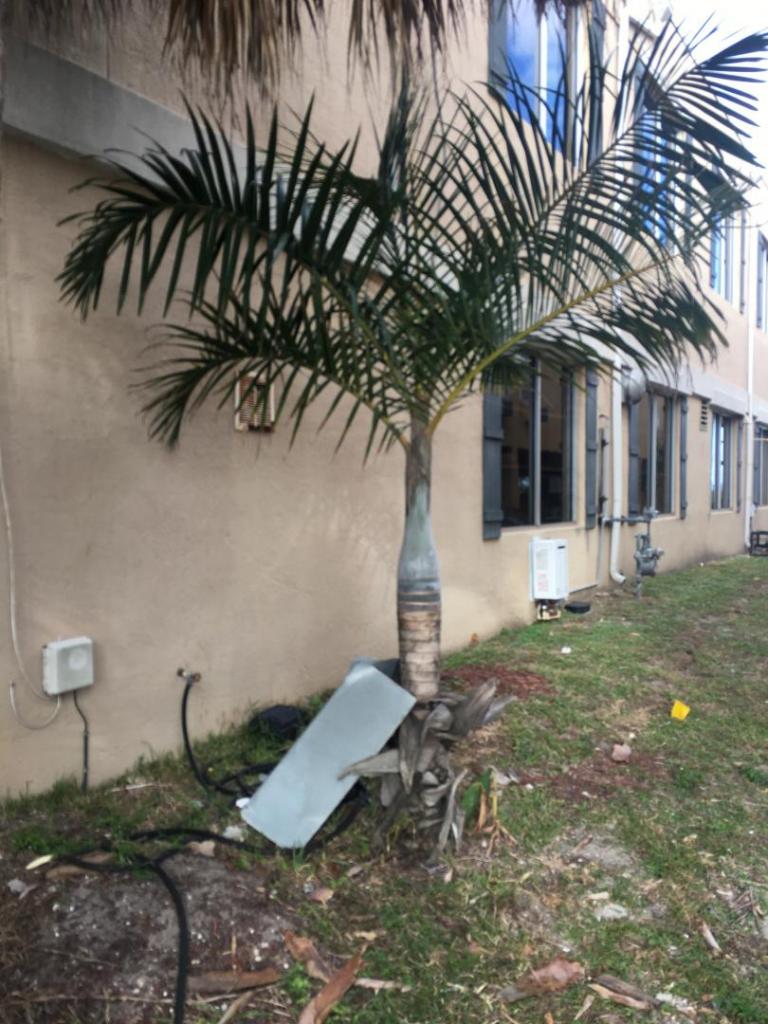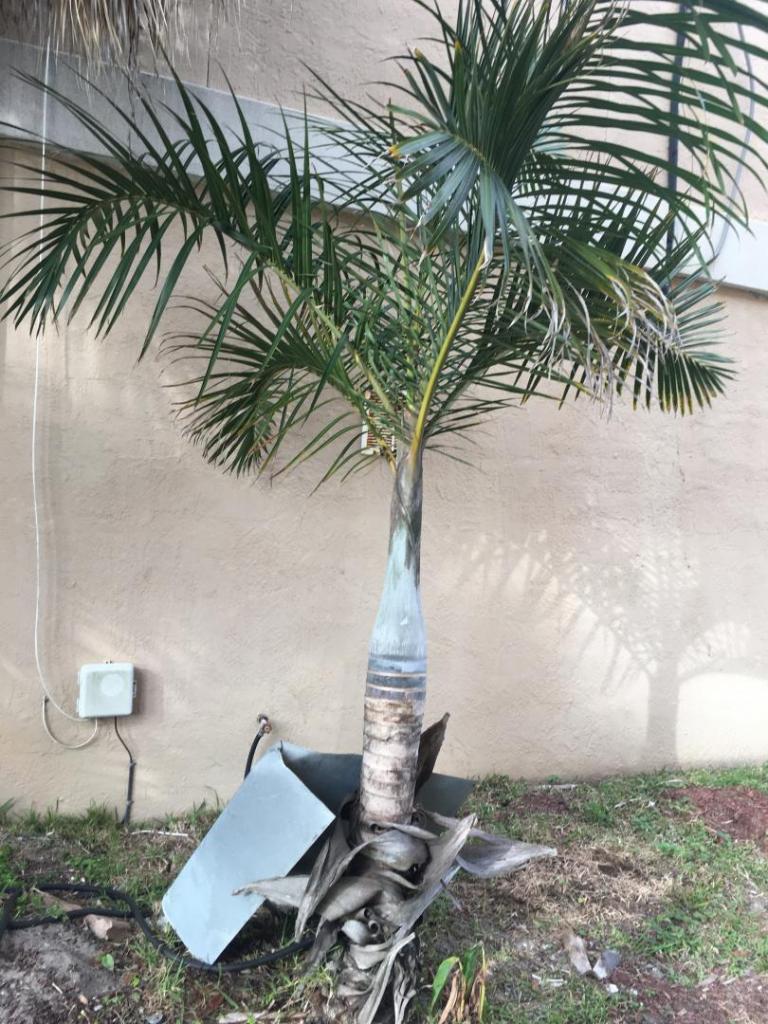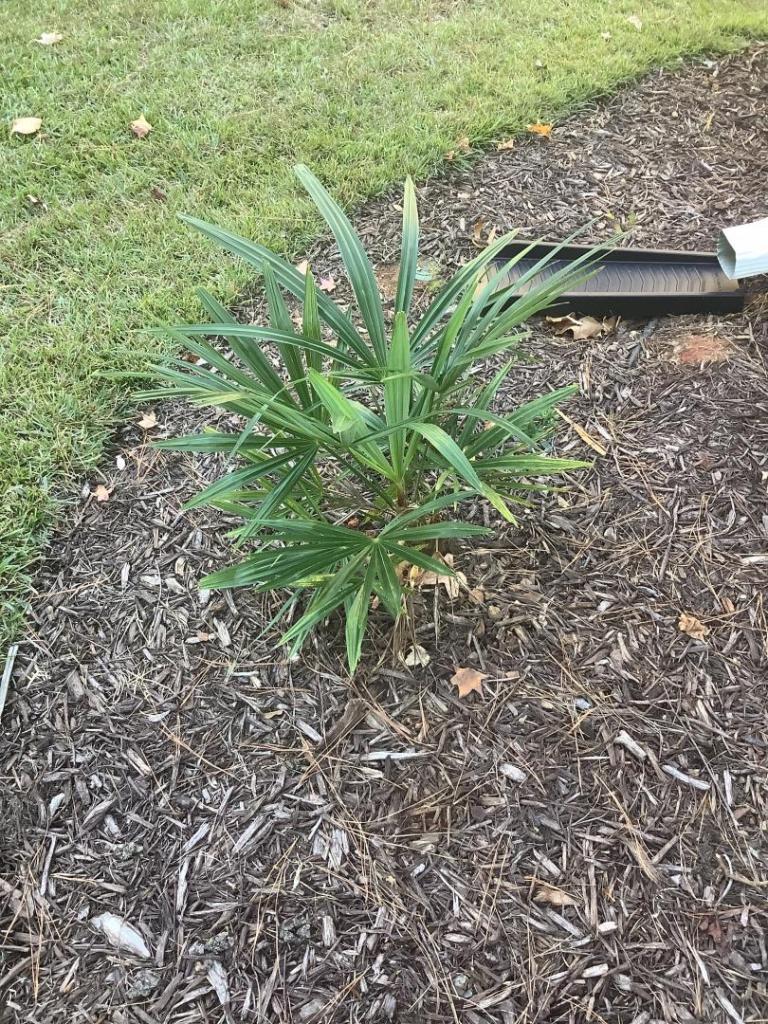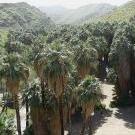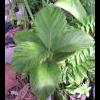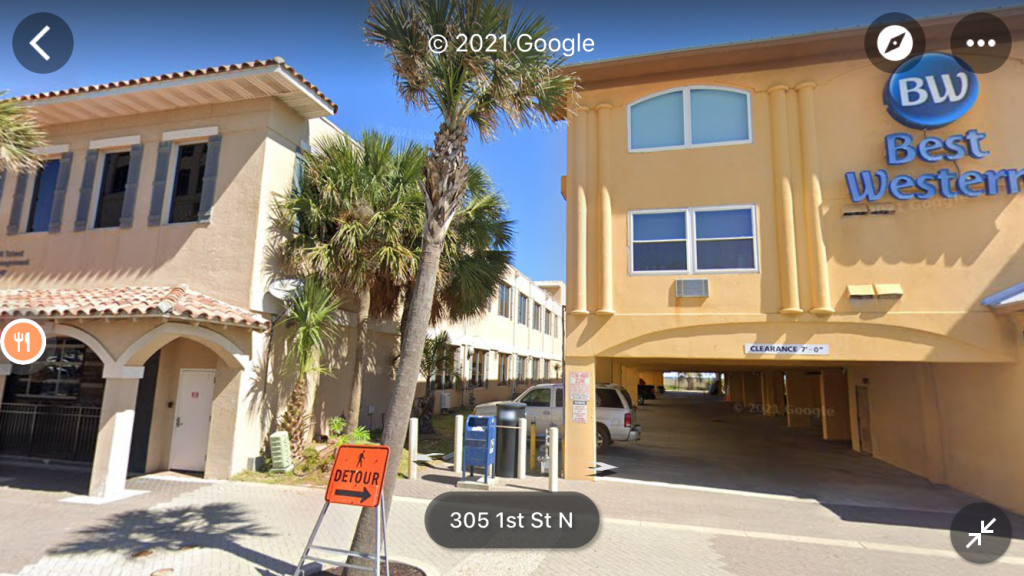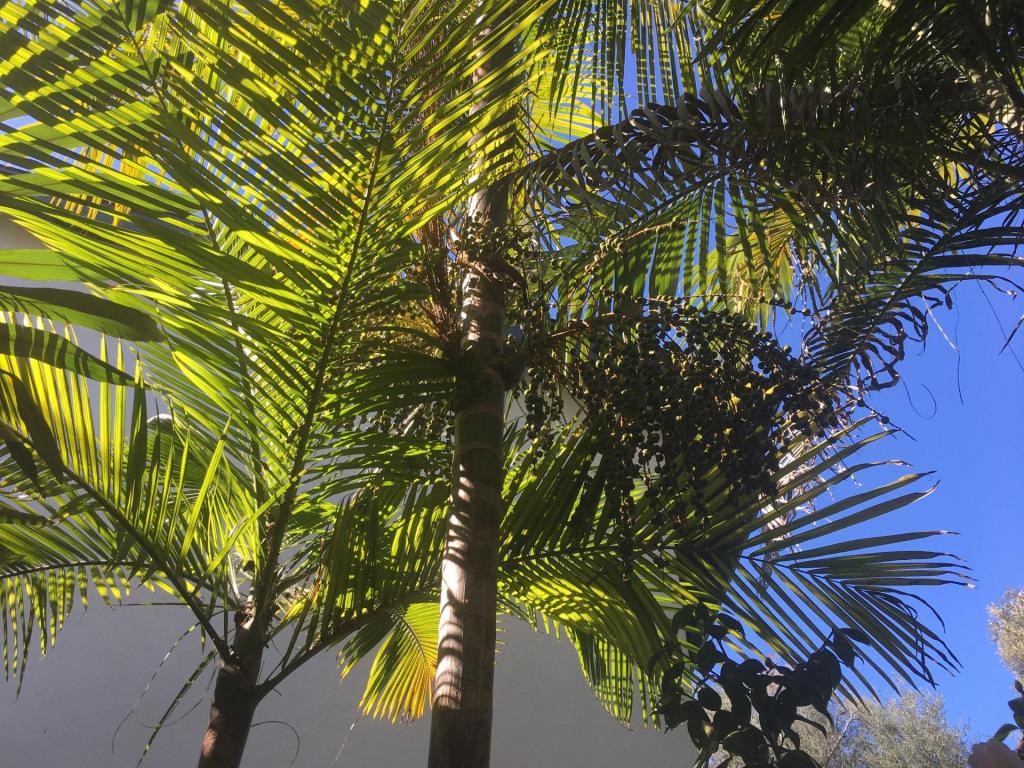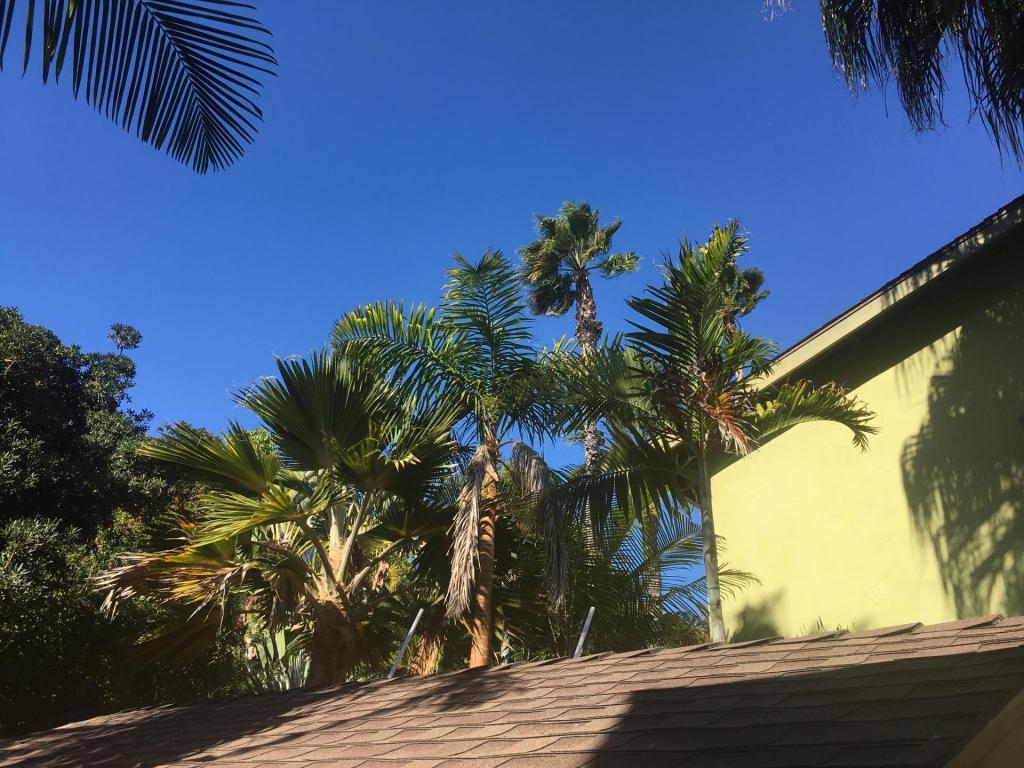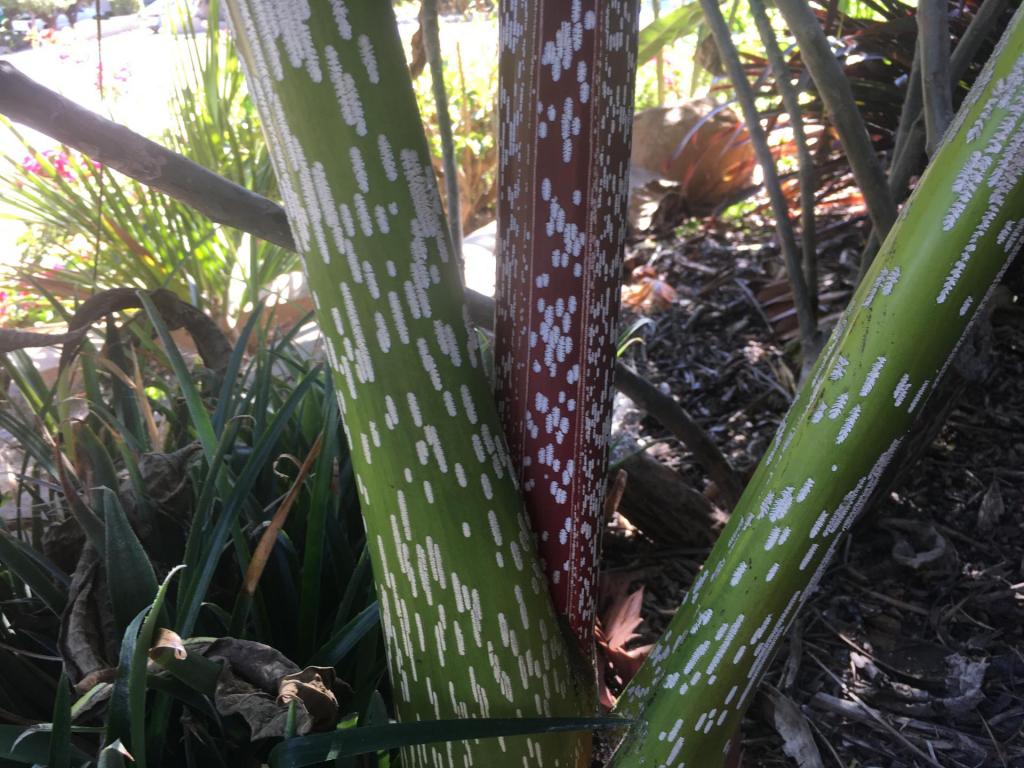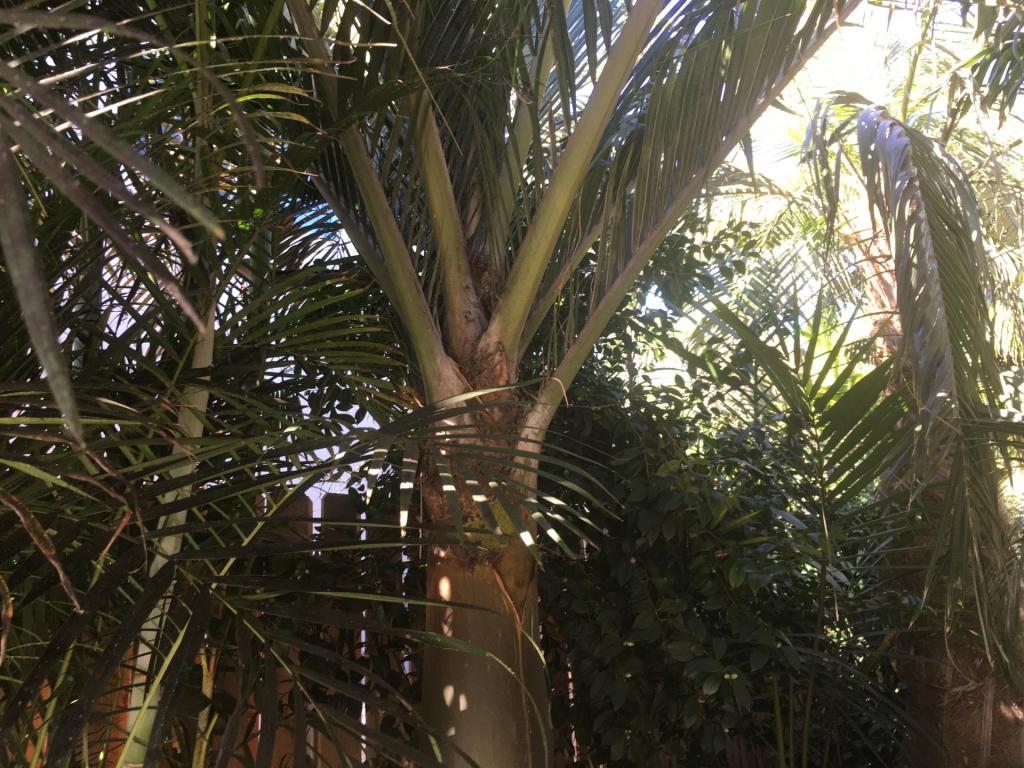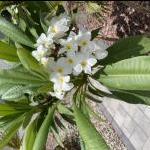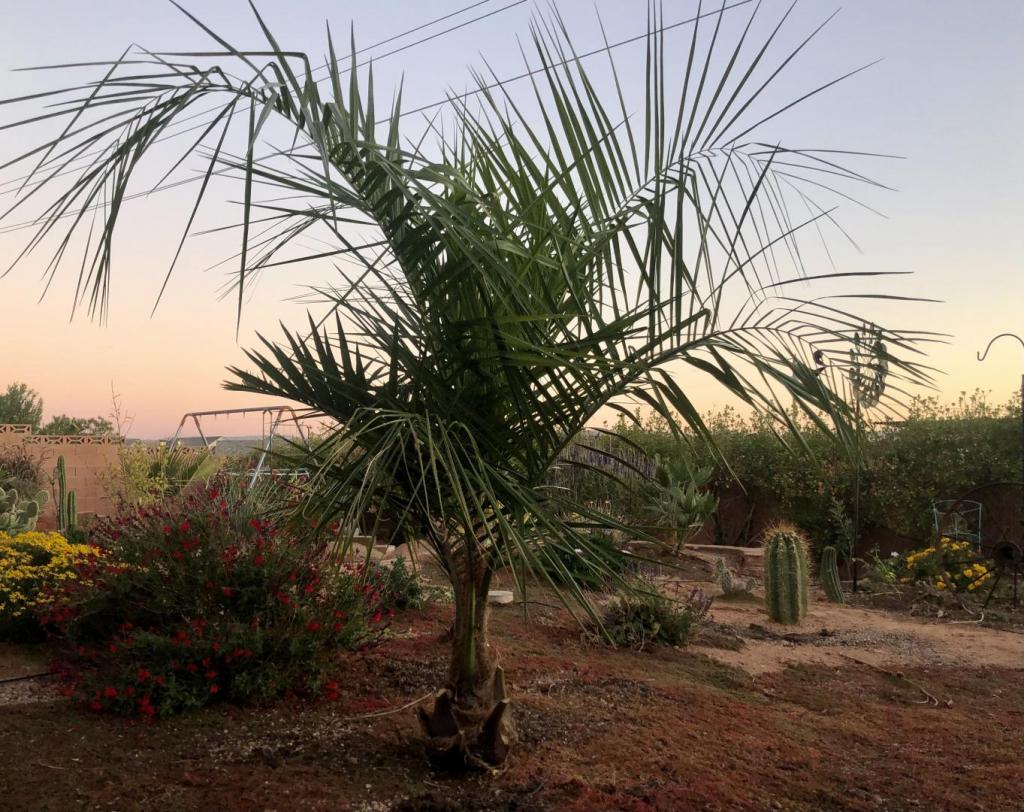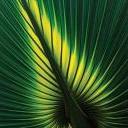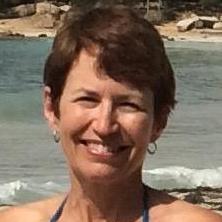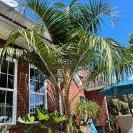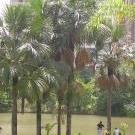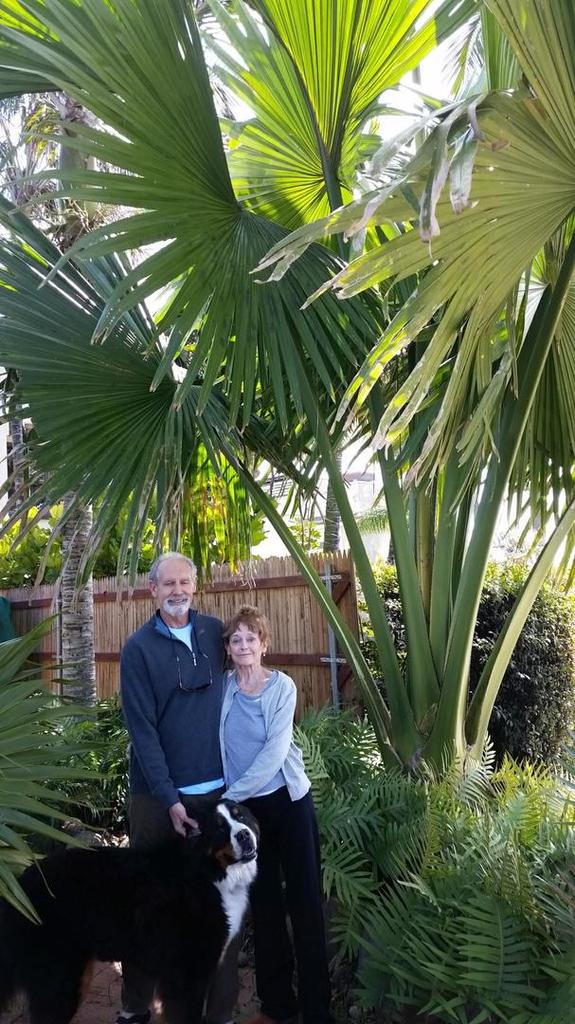Leaderboard
Popular Content
Showing content with the highest reputation on 11/26/2021 in all areas
-
6 points
-
Hello palmtalkers! I've already had some experience of germinating Butia and now I'm starting my second palm from scratch - Washingtonia, possibly a pure filifera. This is a motherpalm, located in Termez, Uzbekistan. This Washy is 13 years old and it's fruiting for the first time this year. At age of 6-7 it managed to survive an extreme cold snap in february 2014, with a low temperature of -22C (-7.6F), the lowest recorded temperatures in the whole region, and continuous 168 hours of subfreezing temperatures, this is what makes this specimen interesting. These seeds arrived to me Cleaned and soaking in the water4 points
-
In the winter of 2018 that palm received some cold damage when we had two cold events in January. Other than that it has always looked pretty good. It's holding more leaves now than I've ever seen. Beautiful!4 points
-
4 points
-
Actually planted these this spring. I planted a filabusta but a rabbit or something ate it to the ground. I also planted butia but it drowned in all the rain we got this spring. I’ll try again this upcoming spring. Below is a mule , planted as a two gallon maybe, it took right off without skipping a beat.3 points
-
Placing a marker here to document this seasons Jubaea germination method. A few hundred seeds mixed with wet Hydroton in a styrofoam cooler. I'm putting the cooler on top of my water heater. My previous method of cracking the seeds open to remove the shell would have been too much work for this many seeds.3 points
-
3 points
-
3 points
-
3 points
-
3 points
-
3 points
-
2 points
-
2 points
-
After a busy year, a time of rest in the garden. While most things have finished up for the year, and await the new year to come, the yard is never completely void of any color / flowers. Taking advantage of continued good weather ( so far ) and getting a few things going for the year ahead ..with more on the way. Awaiting a delivery of deep pots / trays and different seeds to play around with, on top of all sorts of other stuff.. anyway.. Yellow Necklacepod, Sophora tomentosa ( seed grown and survived 5 years in the desert, in a pot, so far ) Started a touch earlier than in years past, but full of flowers/ a few developing pods atm. Interestingly, appears these are attractive to the neighborhood hummingbirds as well. Saffron Plum, Sideroxylon celastrinum, Tough, extremely fragrant and dependable winter flower-er, just starting it's cycle. Unlike past years, 2nd of the two plants i have is finally old enough to start flowering.. Hopefully this will increase the chances of fruit since both are loaded w/ buds, top to bottom.. One of two things guaranteed to draw in Queens ( butterflies ) this time of year, Gregg's / Palm leaf Mistflower, Conoclinium greggii.. Found nice plants at a nursery for installing later. As mentioned elsewhere, Queen, Danaus glippus go nuts over these in the summer. Other plant, Sometimes referred to as Fragrant Mist Flower is more of a bush than a low growing Perennial. Other than that, flowers look almost exactly the same / are a similar shade of bluish lavender ..and attract Queens ( and Monarchs ) by the dozens. Unlike Gregg's Mistflower, Chromolaena odorata can be a bit of an aggressive seeder in some areas. In Australia, it is considered a noxious ( and much despised ) Weed. Early start seedlings.. Muhly sp. collected at Oak Flat. Mexican Hat Cone Flower, Ratibida columnifera, Picked up seed of a couple other Coneflower sp to trial here this coming year. That NOID bushy thing from Boyce.. after surfing through every Genus in the Rose family, think i may have found out what it is, though the Blue colored fruit is throwing me off.. ( everything else matches though ) Anyway, appears to be a species of Osteomeles, " Hawaiian Rose / U' uhlei " being the most well known sp. Other 2 < or 3? > sp. appear to originate in East Asia and apparently are cherished as Bonsai subjects. 5 seedlings up as of today, so far.. 1st of the Agave chrysantha seed collected at Oak Flat starting to sprout.. We'll see how soon others start popping. Other stuff down, but not sprouting, fully sprouted just yet ** no picts **: * Southwestern Pipevine, Aristolochia watsonii * Sandpaper Tree / Anacua, Erhita anacua.. Reading thru some research papers, appears seed on these has to go through a process of weathering before germinating.. Supposedly, 6-8 month old seed will germinate better than freshly collected / sown seed. We'll see what happens. * Eve's Necklace, another great small tree from Texas, from fresh seed.. Next up, once the deep pots arrive, 4 sp. of Milkweed, among other things, inc. a plant that many horticultural " experts " religiously assumed was extinct, ..and sterile....2 points
-
2 points
-
Yes I know Scott grows them as well and if I knew previously, I would have purchased through him. Mine is planted between two homes on the eastern side. It gets sun until about 3pm in the summer. It's not ideal, but so far so good. Oh and I give it a lot of water otherwise it won't look right.2 points
-
2 points
-
2 points
-
2 points
-
2 points
-
Washingtonia seeds germinate easily, I germinated over 100 this year 1. Soaked them in water for 4-5 days 2. Sowed in a mix of perlite and miracle gro palm and cactus soil 3. Set container on top of TV box and within 5 days they were starting to germinate, with all germinating within 10 days2 points
-
Great find! Perhaps bodes well for @shminbabe in her microclimate just up the road. She’s growing spindles too.2 points
-
That is actually fenestralis.. I planted it in 2003 as a 5 gallon plant. Is a bit “weepier” than alfredii.2 points
-
2 points
-
2 points
-
2 points
-
2 points
-
2 points
-
Yes it’s a Brahea Brandegeei. I’ve spoken personally to Keith (Owners Son), and he told me it’s a BBrandegeei. I actually purchased my Brandegeei there from him. Treeland has a bunch of different palms in the back of the nursery that aren’t for sale to the public. If you find Keith and make conversation and start a relationship with him, he’ll take you back there and purchase directly through him. heres my Brandegeei from treeland.2 points
-
2 points
-
2 points
-
The sabal genus is very interesting, it seems there's a whole bunch of strange sabal, some really not properly classified about which little is known. Some are crosses and varieties, Either way, I thought I'd compile the oddballs all in one thread to learn how to make sense of it all. I did the best in compiling the info I could find around the internet. Feel free to add info and correct. The only easy ones here are the ones that are different forms of minor - slow, underground trunk, inflorescence that stretches well above the leaves and small seeds. The rest are all some sort of mutts that have either been given their own species label or left to folks to guess around. No one seems to have done any thorough genetic analysis, except for brazoriensis, which someone was obviously curious enough to want to test. In this list, the most interesting unusual sabal seems to be tamaulipas, which has the unusual property of having a trunk that creeps along the ground. The fact that no one has bothered to give it a species assignment is disappointing. The other interesting result is that sabal birmingham is surely a sabal riverside offspring. Sabal brazoriensis Origin: Brazoria County, Texas. Species: DNA tests verify it's an ancient hybrid between Sabal palmetto and Sabal minor Hardiness: hardiest of the trunked sabal palms, reported to -15F. Trunk: max 20' tall Sabal Blountstown Origin: Blountstown, Florida Species: minor Hardiness: 5F Trunk: underground, dwarf maxes out at 18" height, only 1-2 leaves per year Sabal mccurtain Origin: growing in McCurtain County, Oklahoma it is one of the most northern growing plants found. Species: minor Hardiness: -20F? Trunk: underground, height to 5', slow, only 1-2 leaves per year Sabal 'Emerald Island Giant' Origin: coastal NC near Emerald Isle Species; minor Hardiness: 5F Trunk: underground, leaves eventually reach 7 feet in height, only 1-2 leaves per year Sabal Louisiana Select swampy areas of Louisiana and east Texas, where it grows among regular Sabal minor. Species: unknown, possibly a variant of minor, Hardiness: 5F Trunk: 6' tall trunks, fast Sabal 'Wakulla Dwarf' Origin: Near Crawfordville, Florida Species: minor Hardiness: 5F Trunk: undeerground, dwarf maxes out at 18" height, slow 1-2 leaves per year Sabal tamaulipas Origin: Tamaulipas, Mexico, 1500 feet elevation Species: unknown, seeds much bigger than minor, and is trunking, much faster than minor Hardiness: 5F Trunk: 4' long ground creeping, 6' wide costapalmate leaves, total 8' height Sabal birningham Origin: Unknown, possibly an offspring of sabal riverside. First identified with a large palmetto that grew in the garden of Eva Alexander in Birmingham, Alabama (hence the name), which survived many freezes below 10 °F (−12 °C), including at least one below 0 °F (−18 °C). One even survived -11 degrees F in Tulsa, OK. Speculation indicates the seed source for this particular palm was somewhere in California. Species: unknown Hardiness: -10F Trunk: same as Riverside Sabal Etonia Origin: Florida to Southeast Georgia Species: it's own species called 'etonia' because inflorescence is shorter than leaves Hardiness: 10F trunk; usually underground, but sometimes above ground with up to 6' of trunk sabal riverside Origin: Riverside, California Species: unknown, resembles both causiarum and dominguensis Hardiness: 5F Trunk: 30 feet sabal blackburniana Origin: hispanolia Species: it's own species - blackburniana or variant of palmetto or dominguensis Hardiness: 20F Trunk: 30 feet sabal lisa Origin: Southwest Florida, Fort Meyers Species: palmetto, mutation or variety, 68% true to seed, the rest revert back to regular palmetto Hardiness: same as palmetto Trunk: same as palmetto1 point
-
1 point
-
1 point
-
1 point
-
1 point
-
1 point
-
Mine's Washingtonia Filifera. I challenge anyone to find another palm that gets as big, grows as fast, and is as hardy as the Filifera, taking down to zero degrees F (or less). It has a little bit of everything, Big, fast growing, and super hardy. What other palm has that combination??? Sabal palmetto? Nope, too slow. Trachycarpus, nope, not fast enough and looks like garbage in the hot Texas sun half the time. Robusta, maybe, but slightly too tender for Central Texas, and sometimes even south central Texas (San Antonio) Butia, nope, to slow and hates the soil. Med Fan, nope too small. Canary Island date, maybe, but to slow to put on height. True date, another maybe, but still doesn't have all the great qualities. Give me another palm that beats Filifera in ALL the categories. Some are hardier, but are much slower. Some are fast, but less hardy.1 point
-
My first palm was one that I germinated from seed as a kid after visiting my uncle in Tampa, FL in the early 1970's. Most likely it was a Washingtonia or a Sabal. I never got it past the single strap-leaf stage. My first palm purchase came in 2000 when I first moved to Tyler, Texas. Bought two Trachycarpus fortunei (only species available at the nursery) because I just HAD to have a palm in my yard! At the time I had no idea that I could have planted one back in Knoxville or where I lived in west Georgia.1 point
-
And when I said kill me - I meant many of you advised me against it. I received so many messages and comments and appreciate them all. Ultimately it’s just a little experiment for me. Instead of a garden of annuals I’ll just play around with this! now - HELP! How do I plant this to ensure longest possible survival before the next big freeze. My soil is horrible. What should I backfill the hole with? How high do I plant it? I probably won’t plant until after this weekend’s ~39 degree night. The container appeared bone dry so I watered it. It’s on my covered porch for now.1 point
-
@NickJames When I looked at the tags a few months ago, the price was in the $150 range for one of the large pots like you had in your pictures. The larger ones tend to be more cold tolerant. In some circles, the theory is that the Jamaican Talls and Panama Talls are #1 and #2 for cold tolerance. I think the International Drive coconut in Orlando is a tall of some kind. If you want a Jamaican Tall (or a Panama Tall), you can get them from Calusa Palms Nursery at one of the sales they plan on attending. Just be sure to email the owner and request what you want so they know to put it on the trailer. Their information is here: http://www.calusapalmsnursery.com/ If you get a Malayan Dwarf at Home Depot, make sure to get the Green variety. The golden ones tend to be a little more tender from my experience. The color of the petioles is usually a good indicator since the big box stores typically carry Malayan Dwarf varieties. Fiji Dwarf typically have to be ordered. You could also contact Fairchild if you don't mind driving down to get one. Be sure to tip them well for their efforts. Whatever you decide to get, you'll maximize your success by doing the following: If you have a southeast facing alcove, that's a good spot. Protected from the north and northwest wind and the eave provides some level of frost protection. Slightly elevate the planting area to allow the coldest air to drain away from the base of the trunk. If you can gently elevate the planting a foot and taper it gently, it will help. Use a very dark colored mulch to maximize the amount of heat it absorbs. Stone works better than wood for this purpose, but it can get expensive. If you use C-9 Christmas lights, make sure to keep the bulb away from the foliage and the trunk so you don't get burn damage. Have some lengths of rope and some old blankets ready to wrap the bud in the event of abnormal cold. If the palm dies of something other than fusarium or ganoderma, plant another one. Since you are from Jacksonville and into landscaping, you might have heard of Earthworks Jax: Earthworks Jax YouTube They have some nice videos and professional landscapers. The Palm and Cycads expert, David Casella, is a great northern and north-central Florida resource.1 point
-
This is an update on the palm that the "PRA team" discovered several years back and posted. Mssrs Matty, Paul and Bob stopped by and posted this amazing find by Bob and accomplishment by Mike Edwards the owner! I saw the owner Mike outside as I drove by and stopped to chat. He said he got it MANY years ago as a seedling at a Palm Society meeting. He said he had picked up a seedling to look from a trayful and moments later Mardi Darian swooped in and grabbed the whole tray declaring "you can't grow those"! Well, I never saw one at Mardis... He then told me his secret! He said he barely got it up to a 1 gal size and had a Avocado tree near where this is, he said the leaves and mulch he had underneath were starting to make some warm compost, he decided to clear an area and plop the palm down right there! It wasn't rocket, but it responded well!1 point
-
1 point
-
Sorry to see the damage. At around 5am on Thursday morning temperatures in the 20s were very common actually. I checked Wunderground and probably 60% of the stations in N. Tampa were below 30f. I suspect the ones that weren't had some measurement error to be honest. I'm a little surprised to see adonidias with that kind of damage there. The temps here weren't much warmer and all the adonidias I've seen still look fine. Perhaps the duration was less here or there was less frost.1 point
-
Your problem is not ultimate low temperature lows (like I get once or twice on an average winter), yours is lack of wintertime average heat, at least with respect to growing a coconut palm. My January average daily high is 10 degrees warmer than yours, and I'm in the dry season (yours is the wet season). Coconuts abhor cool, wet soil. What you have to do is everything you can to raise your wintertime soil temperatures. Even in my climate my coconut gets acute potassium deficiency from cooler soil and air temperatures. If I had your January lows, but still had my January highs, my coconut palm would suffer nearly as much from potassium deficiency. In any event, I wish you luck with your three coconut seedlings. Give them as much protection as you can.1 point
-
Sorry for the delayed reply George, I was waiting for the two days soaking period to complete. Here are the pics with no further comments on my behalf, but I expect some comments from you. At what teperature have you kept seeds during soaking time, and what should I do next? Besides here is a pic of germinated Arenga seeds. As you can see yourself enbryo in Arenga seeds is positioned dorsally (that is the opposite of the flat side), but only one of germinated seeds sprouted latterally.1 point
-
North is always meant to mean the top and south the bottom of the seed in those cases which is obvious. In the case of Bismarckia, the top of the seed (or north) is the side with the pointing tip, where the seed was attached to the pedicel of the inflorescence. However obvious i thought it was, since it needs further clarification i would like to hear a suggestion about how would it be better to call the top and bottom of the seeds or when trying to describe the embryo position in similar cases. After all we are sharing information here to help each other, so suggestions from older members are always welcome1 point
-
Update to the list of successfully germinated seeds using the "delidding" process 5. Bismarckia nobilis (silver) The batch of these arrived in early july. Following the traditional technique they were placed in moist cocopeat. a week later 40% had germinated on its own. Since then the rest 60% was sitting in the bag doing nothing and signs of rotting began to appear on 1 of the seeds. The embryo of Bismarckia is located right at the center of the south pole of the seed which is very easily identifiable. Seed is enclosed in a very hard and rigid exocarp, resembling a walnut. No, i didnt use a nutcracker . A knife was used to break the bottom of the seed which separates safely from the mesocarp. It is a large seed and very vigorous when germinating, so dont bother to clean all the exocarp since it will not affect at all the germination process. The mesocarp is a leather-like layer encapsulating firmly the endocarp, and the embryo tip is obvious underneath it. Sharp blade again scraping around the tip in a circular movement and slowly lifting the mesocarp (lid) covering the embryo. Embryo is a sizeable one, and should exhibit a vivid white colour if healthy. 72 hours submerged in water was enough to initiate germination and the button formed perfectly. 5. Bentinckia condapanna Little, delicate seeds, appearing like a dried nut. received in mid July and since then none had germinated till last week (5 months) while half of them rotted away. The germination pore is easily identifiable just below the white tip of the top of the seed. This one also has a thin cover above the embryo and it must be lifted carefully not to hurt it. This one took longer to germinate and needed 5 days in water to start the germination. So far so good, and still none of the seeds shows any sign of rotting or degradation. Germination continues normally for all of the seeds. More will follow when results are available. Happy germinating!1 point
-
1 point
-
1 point

